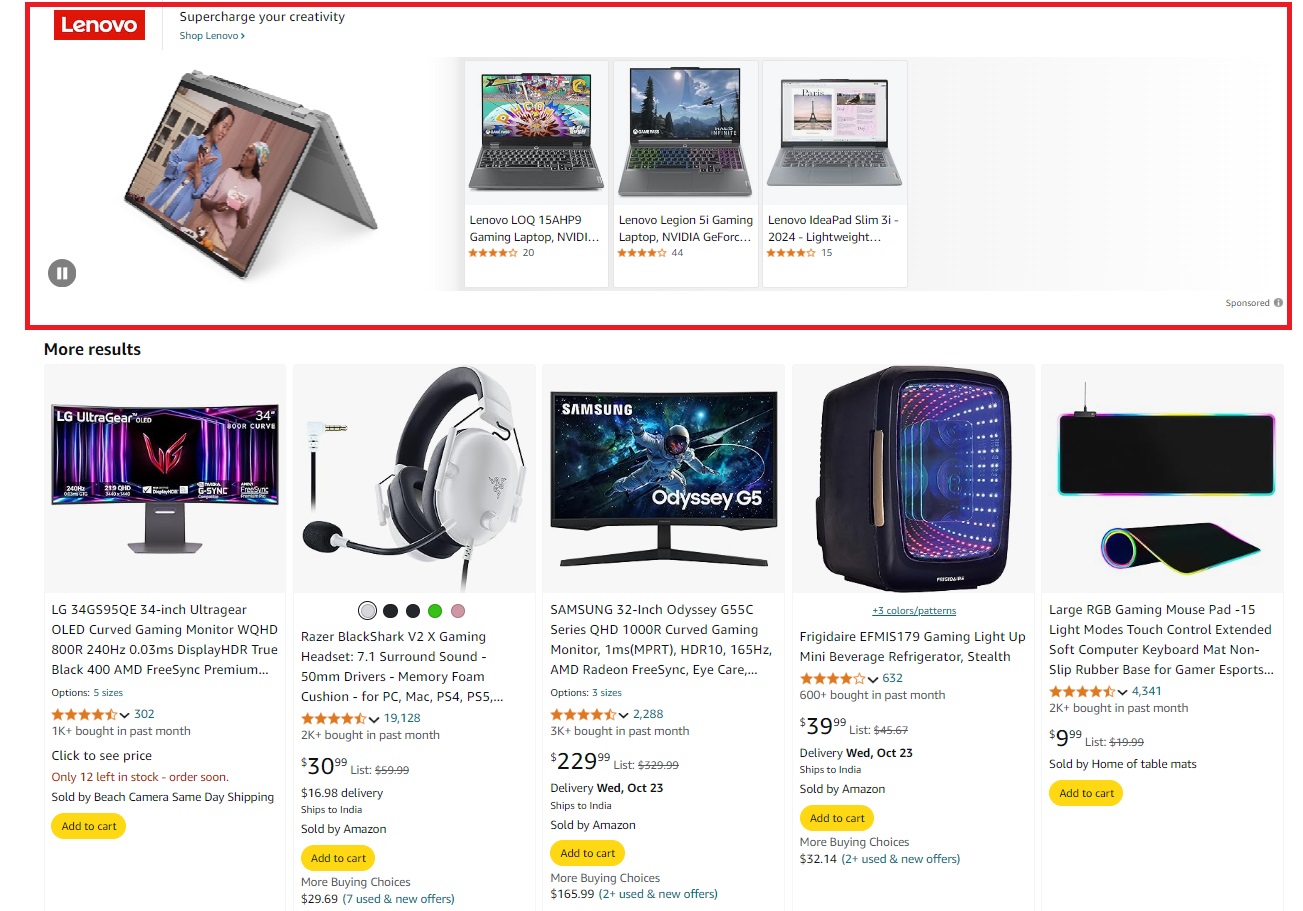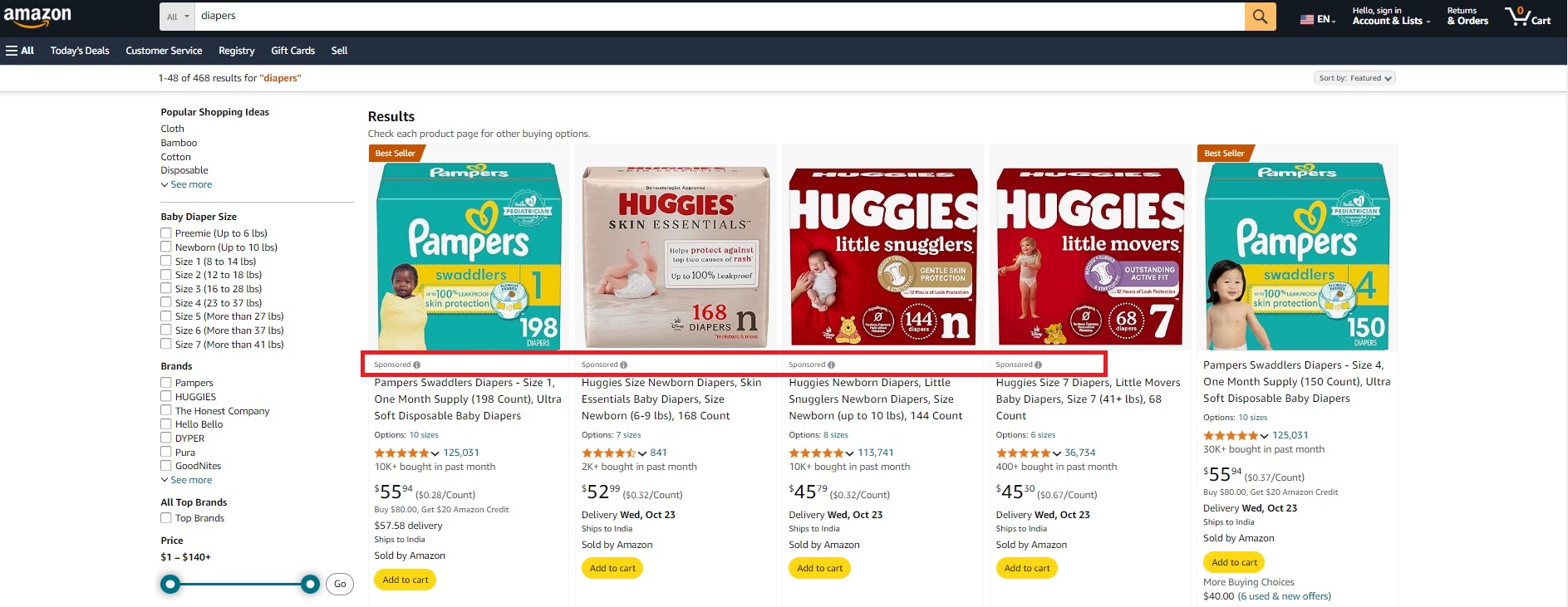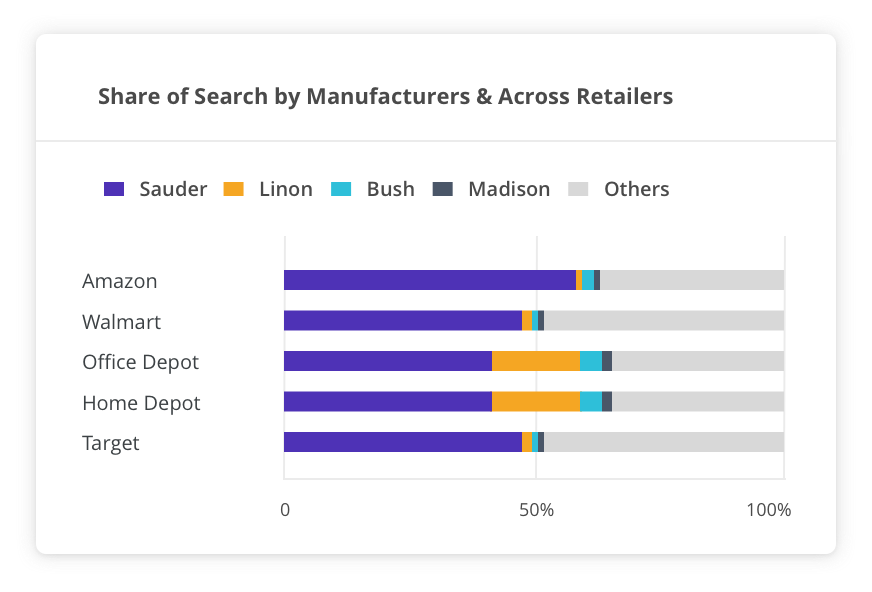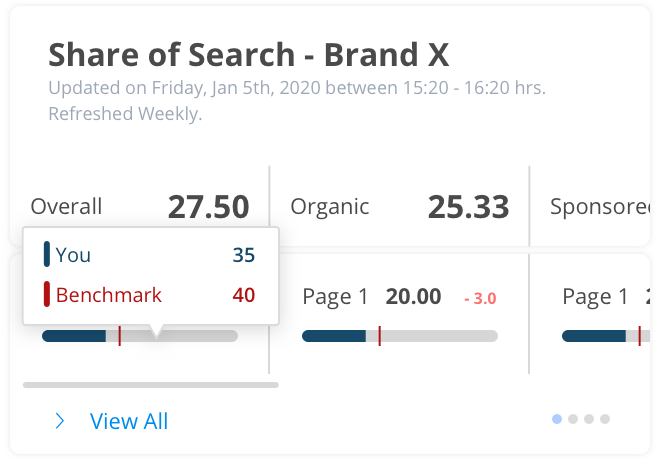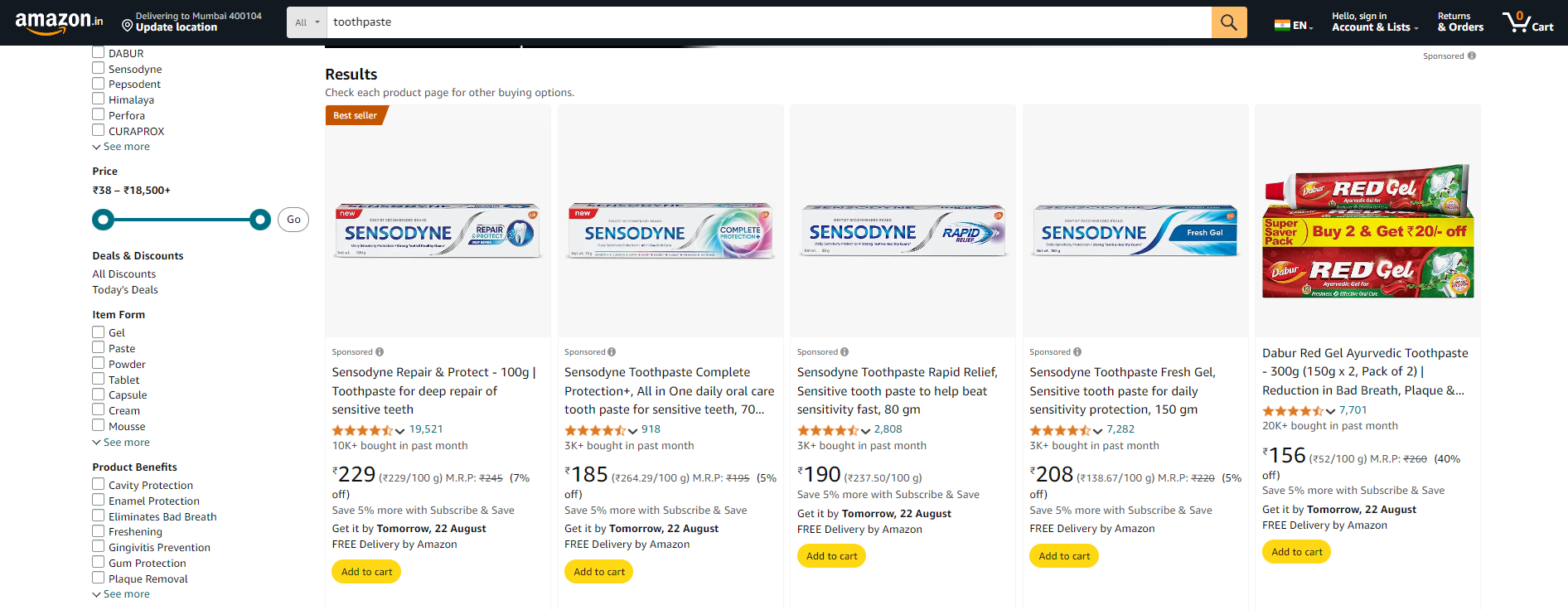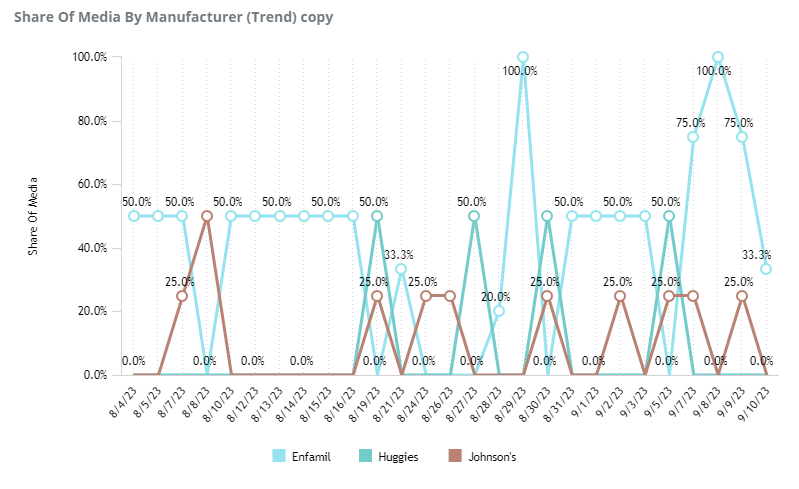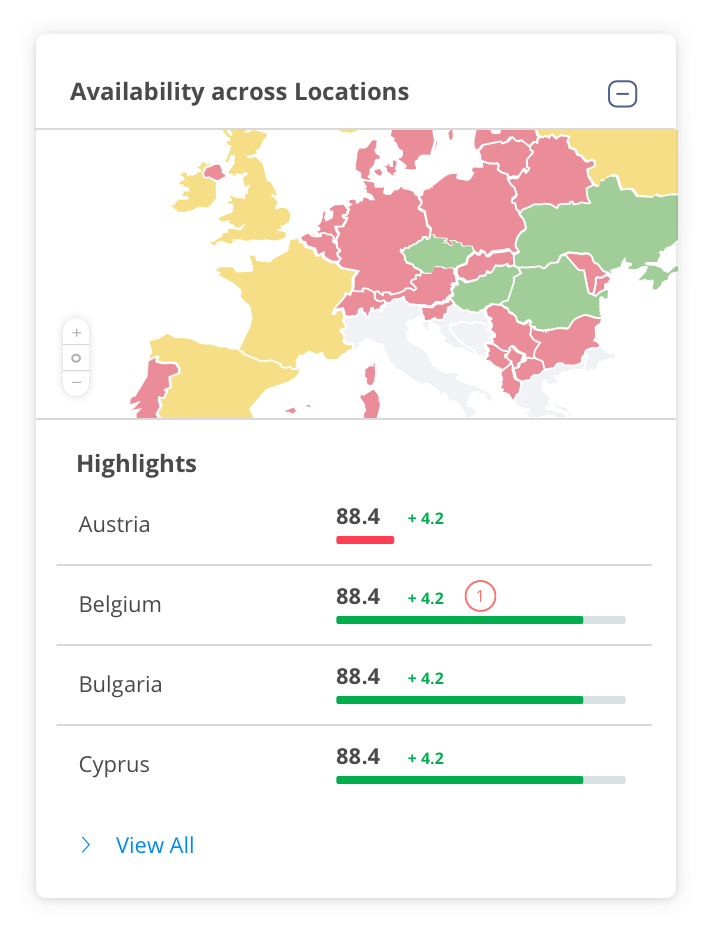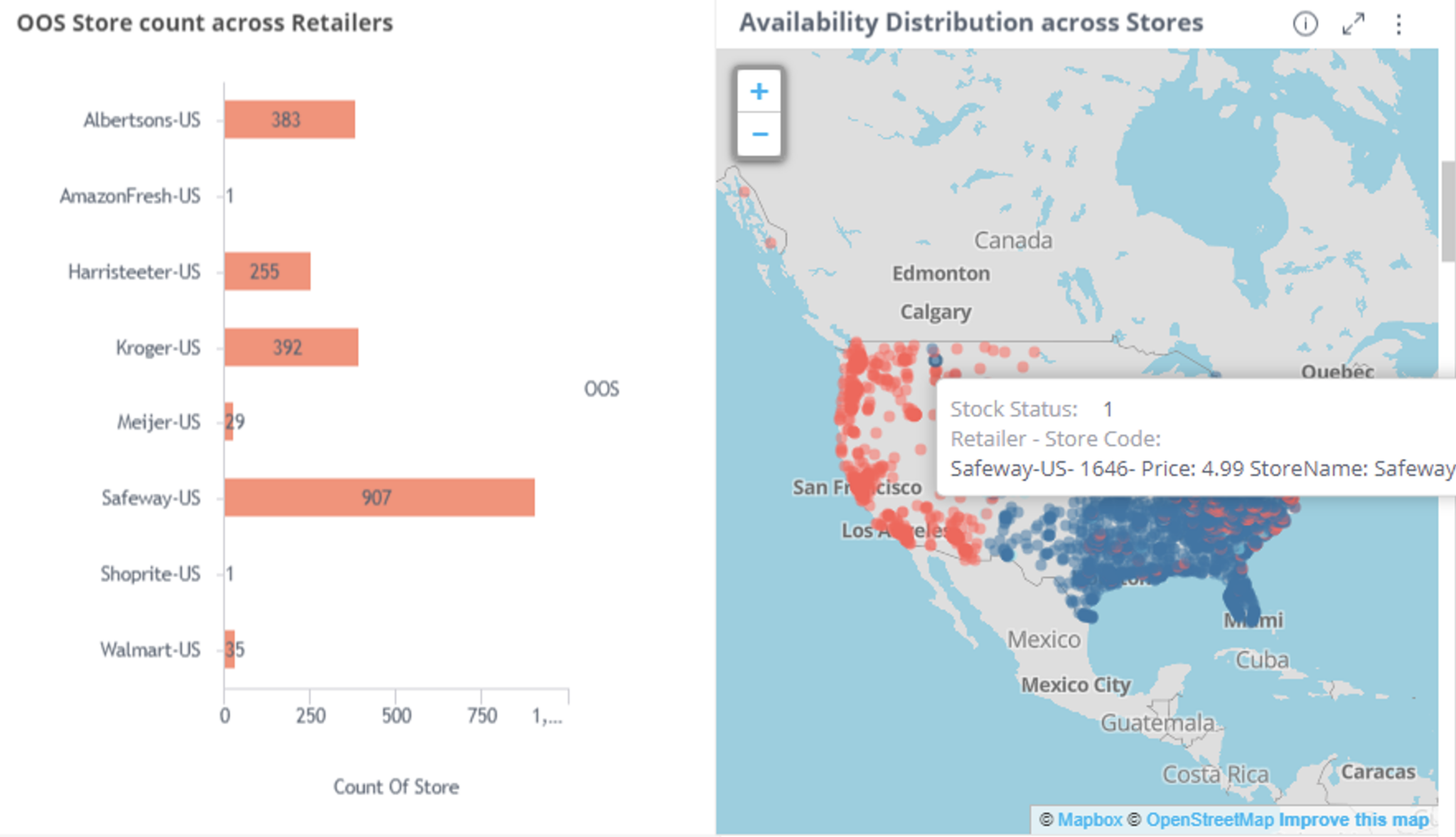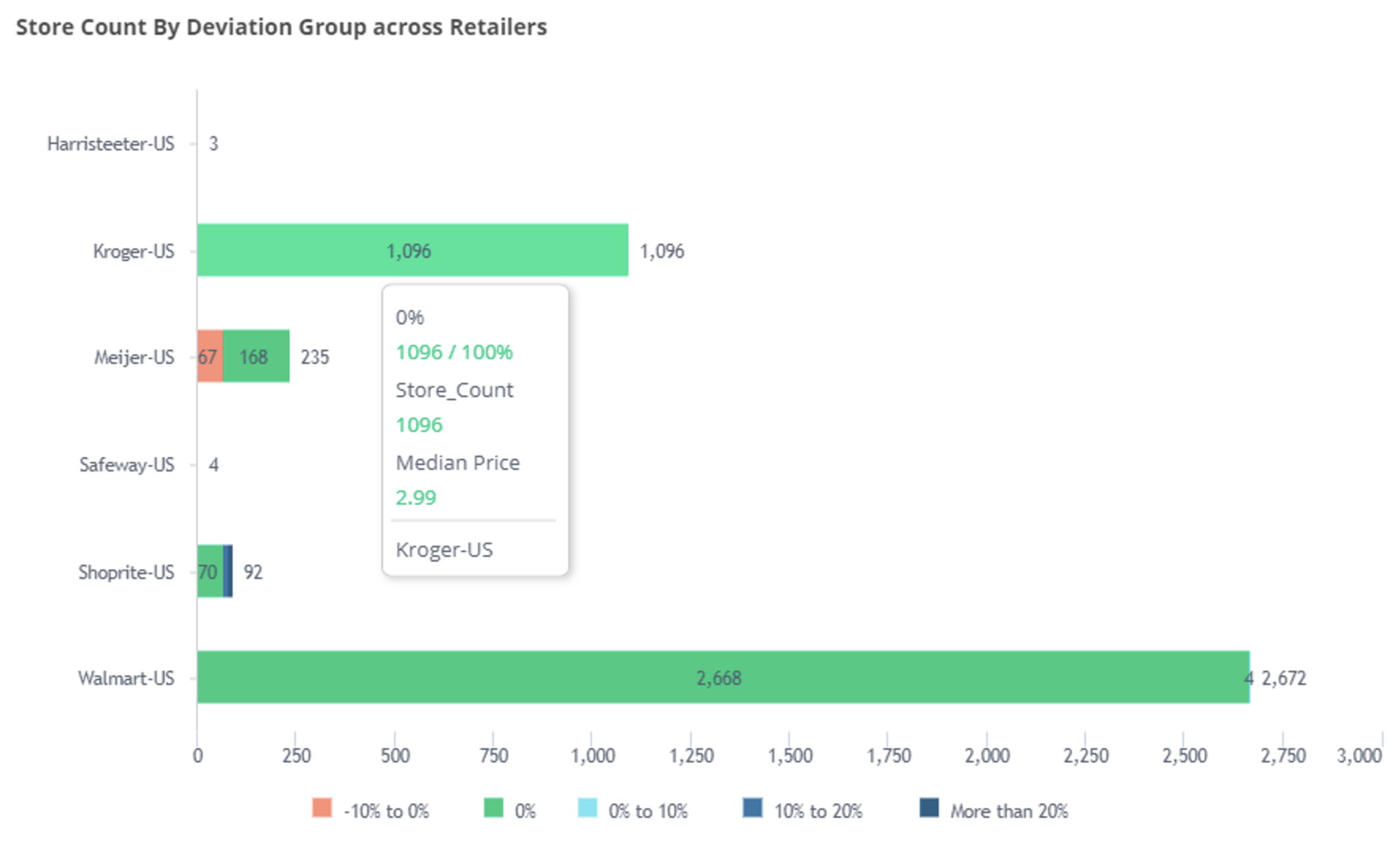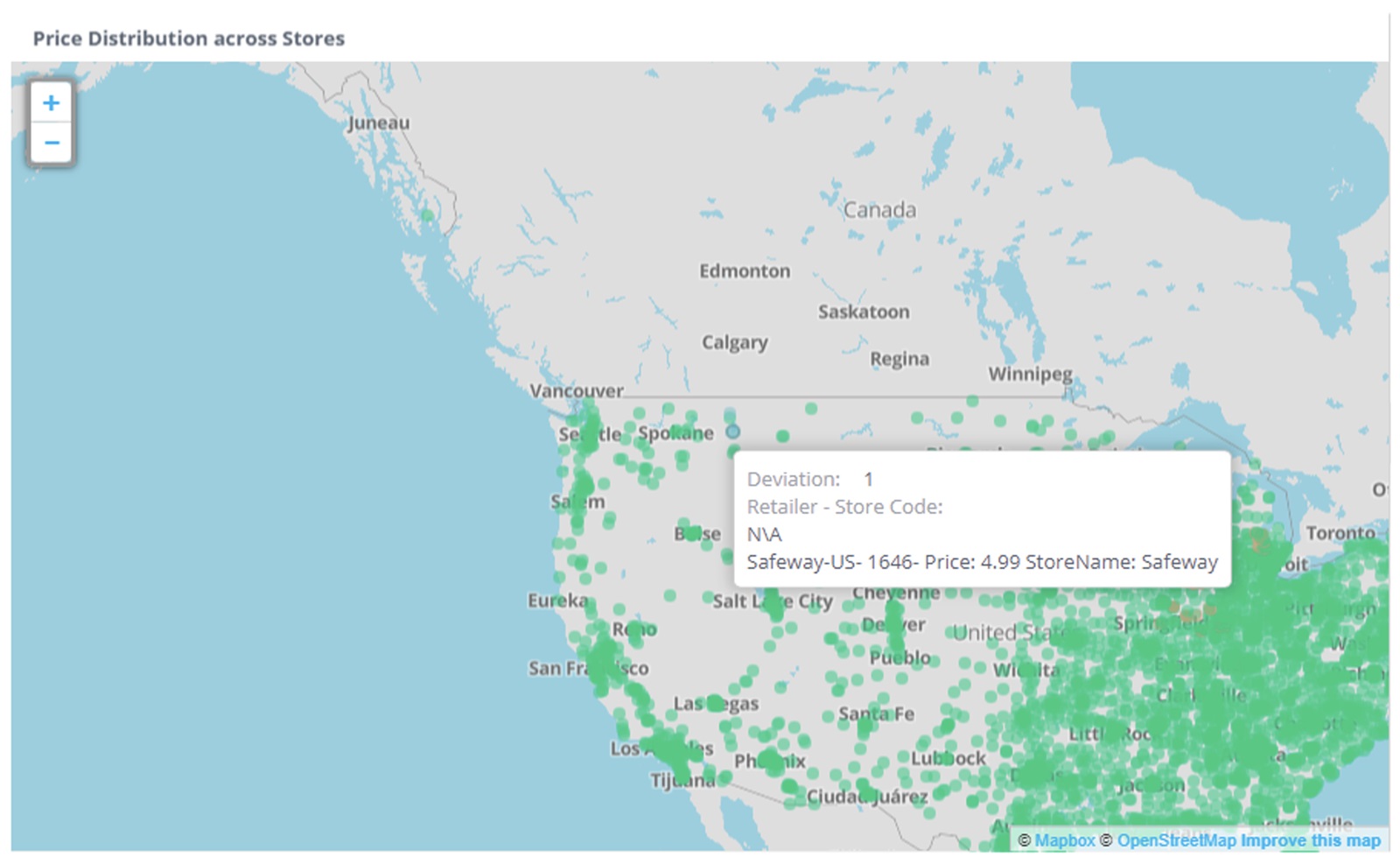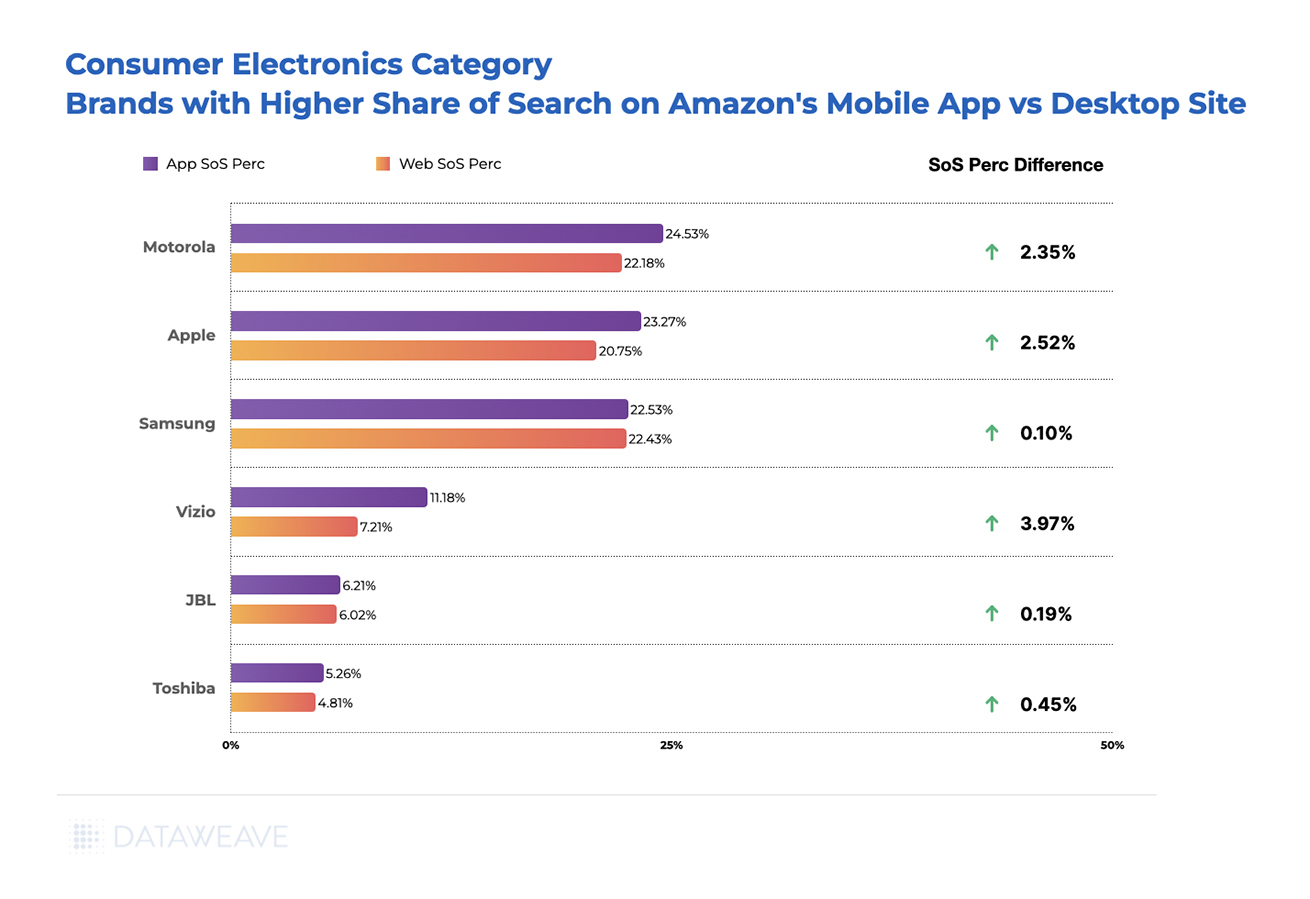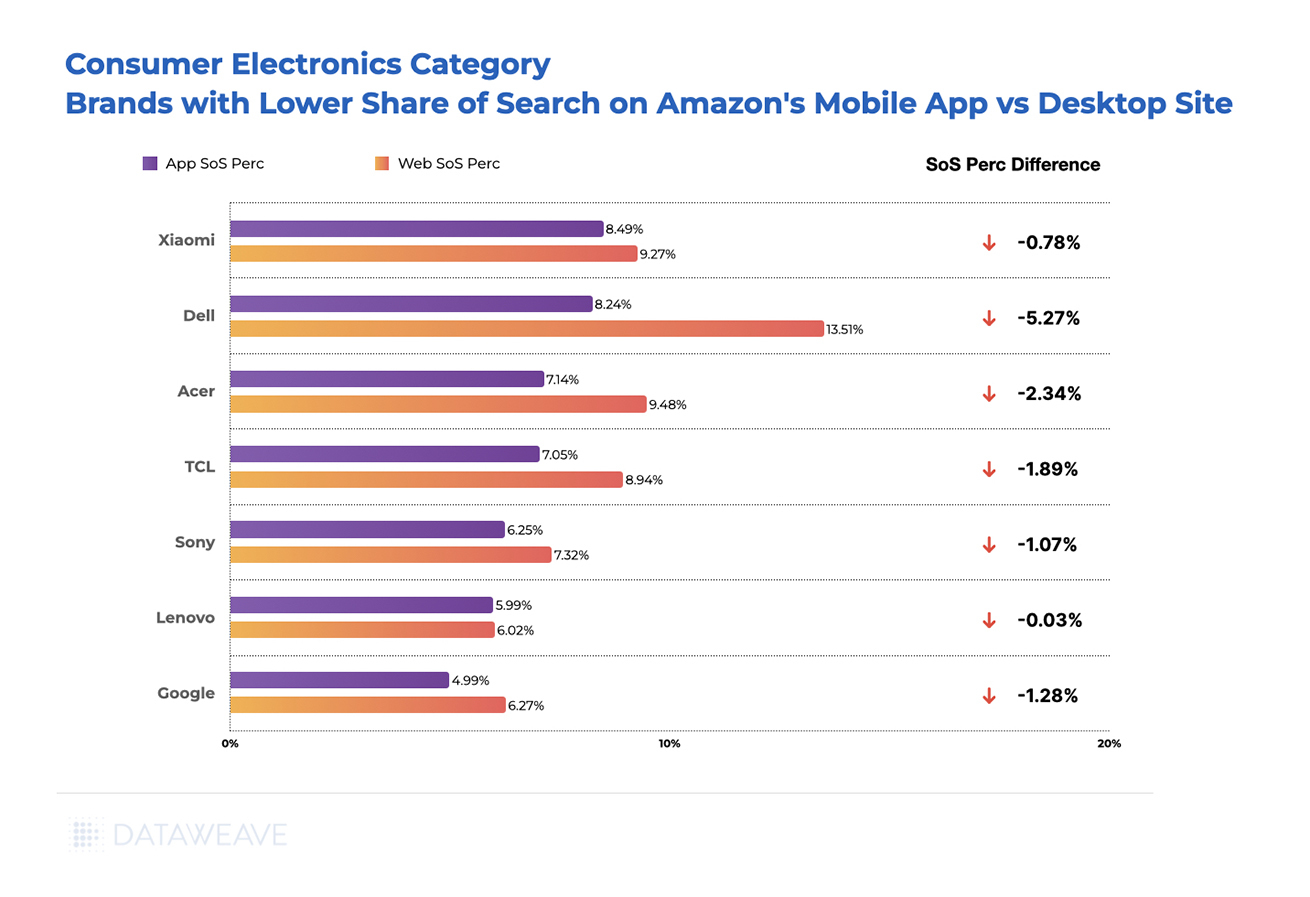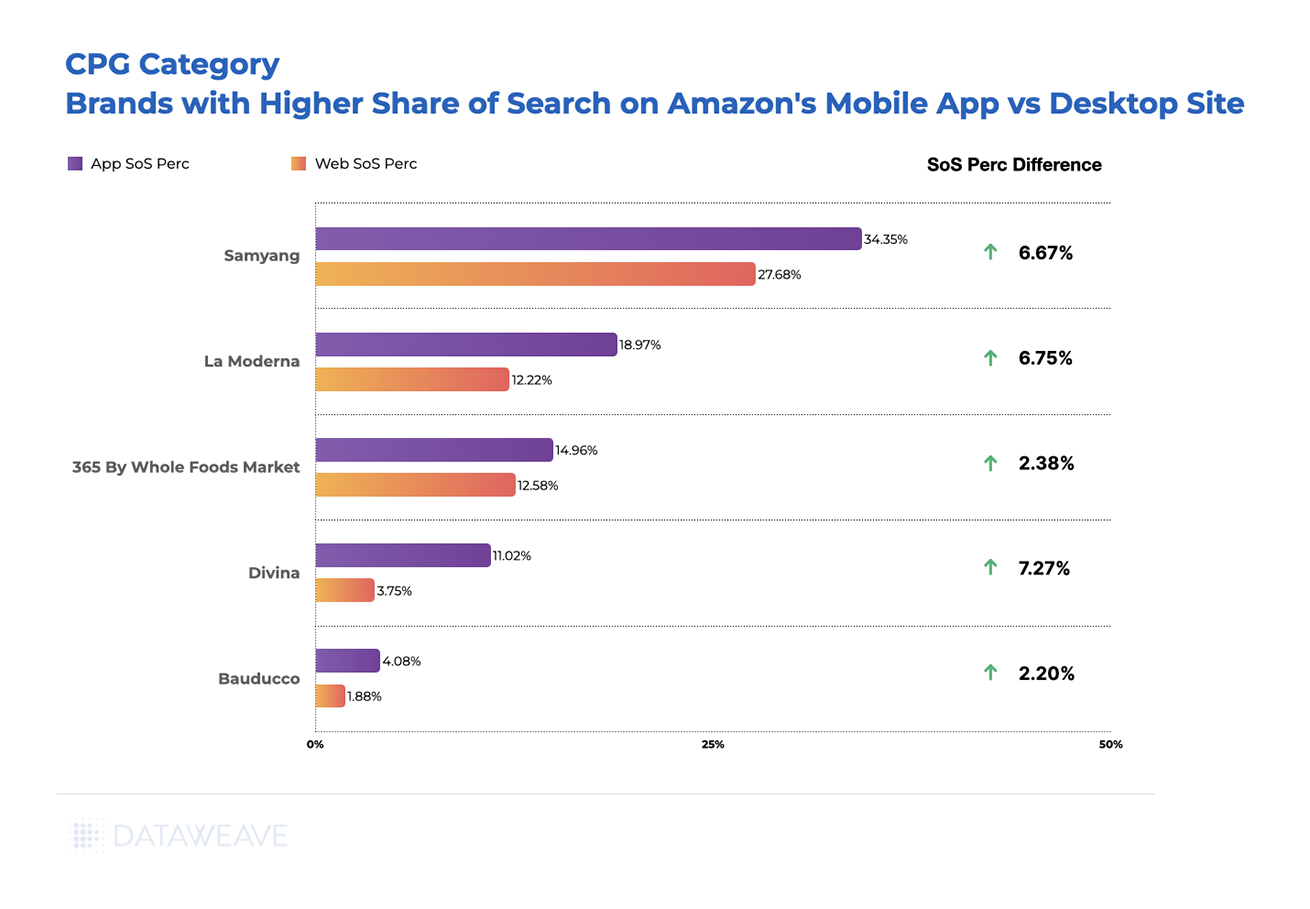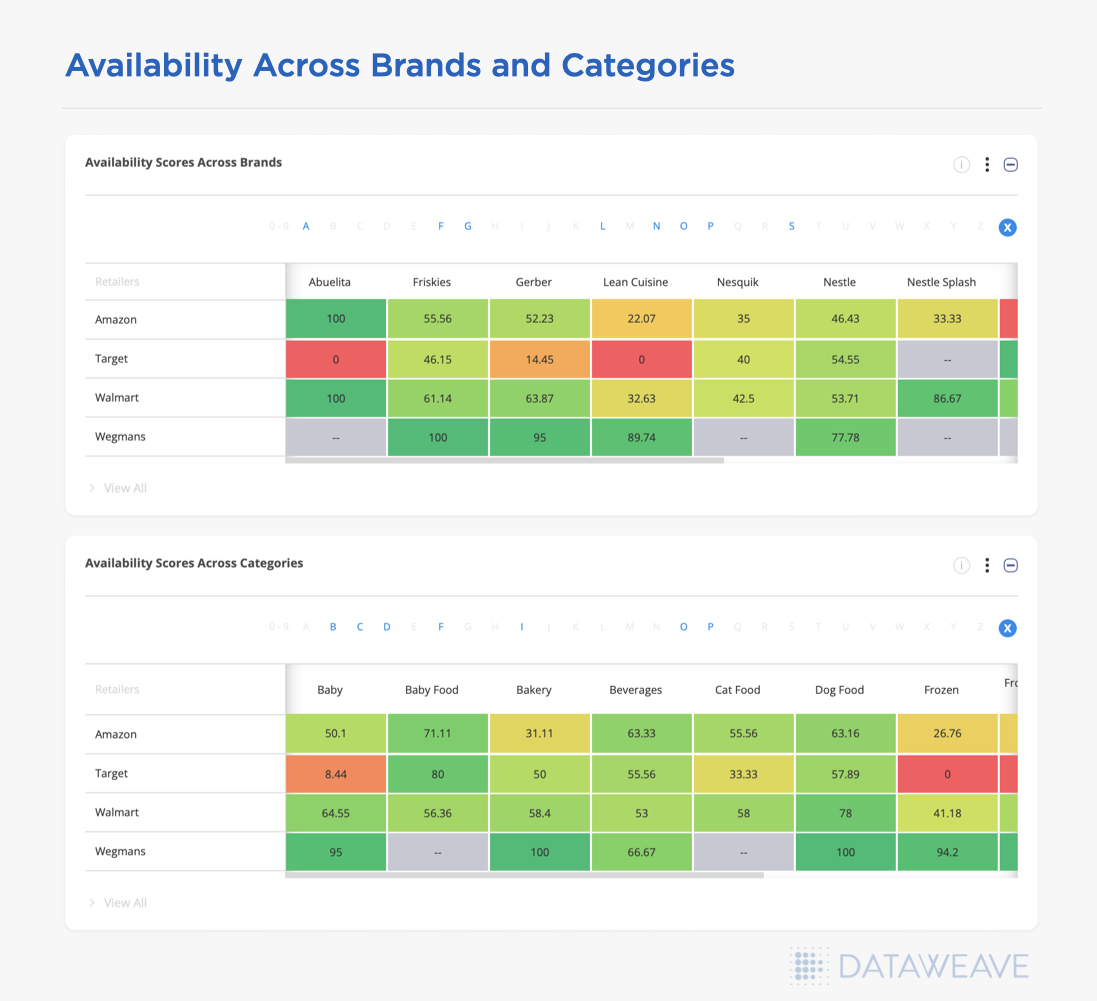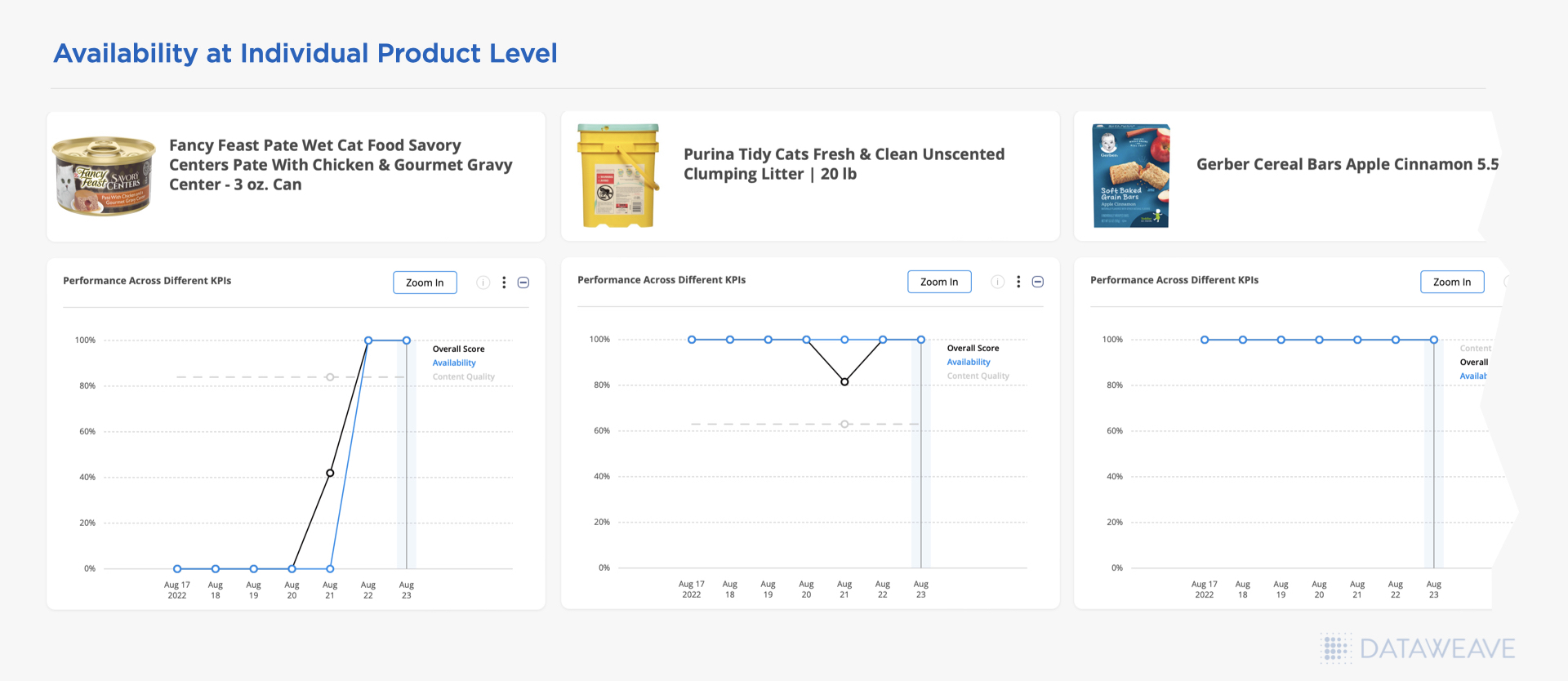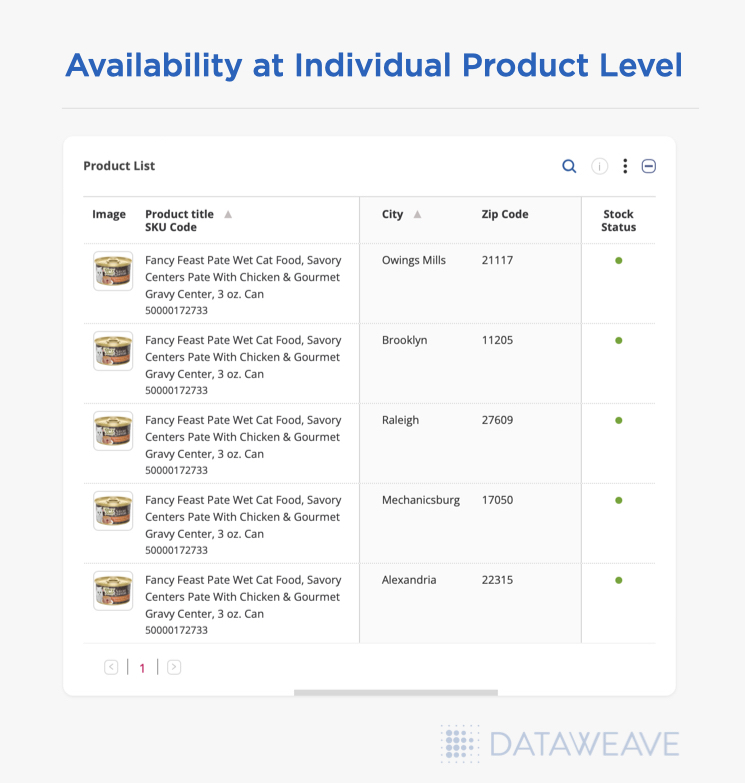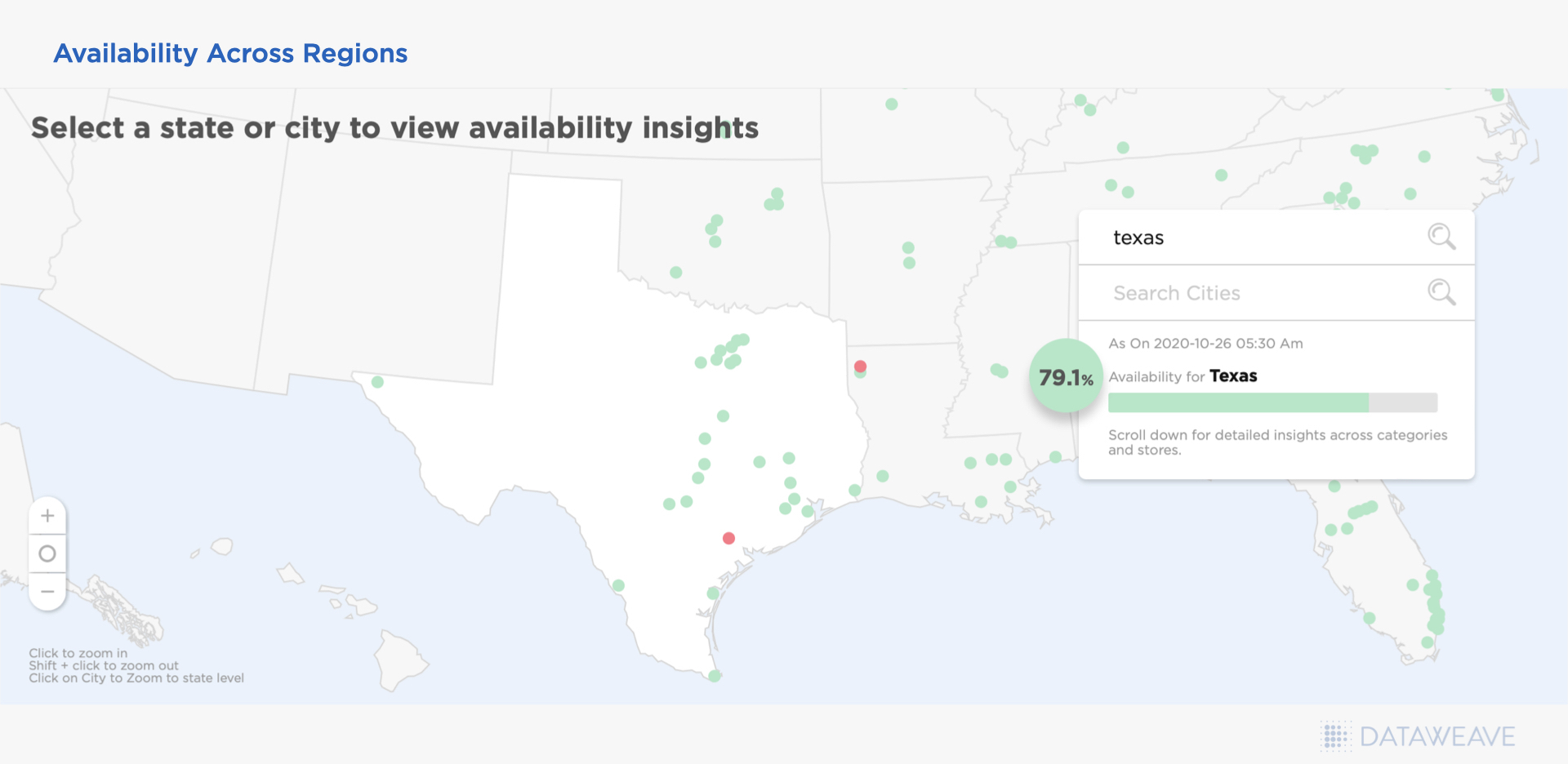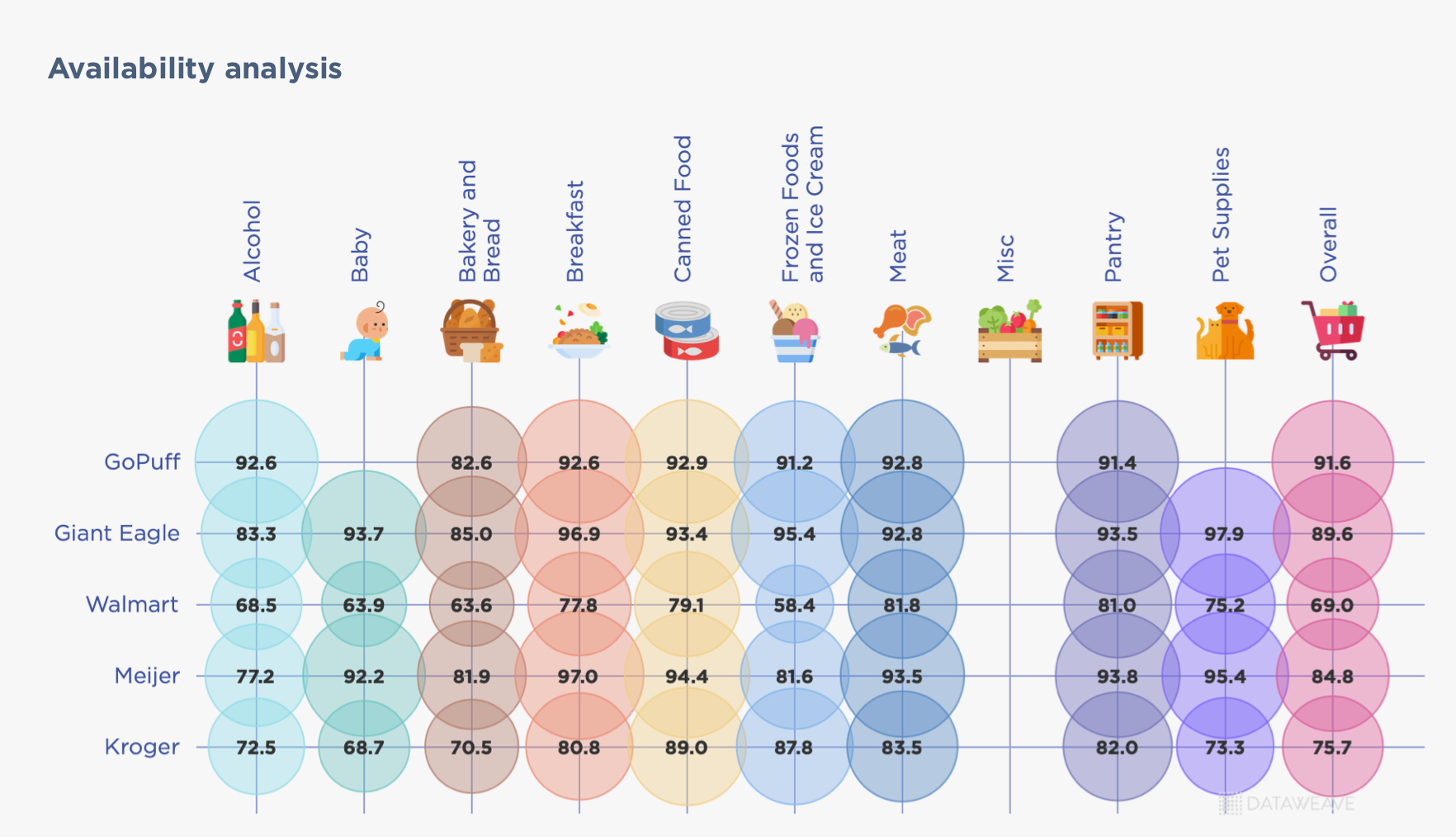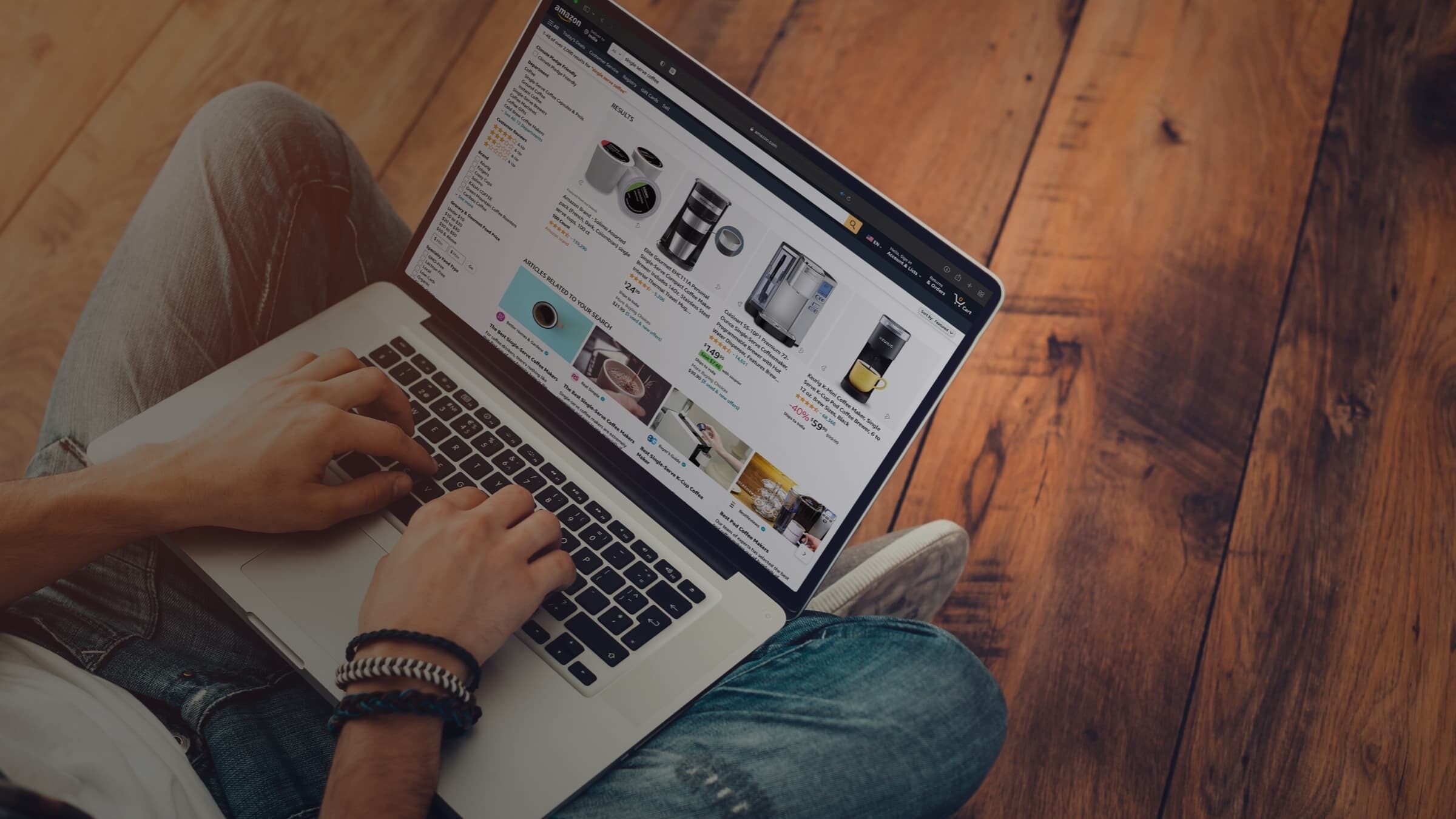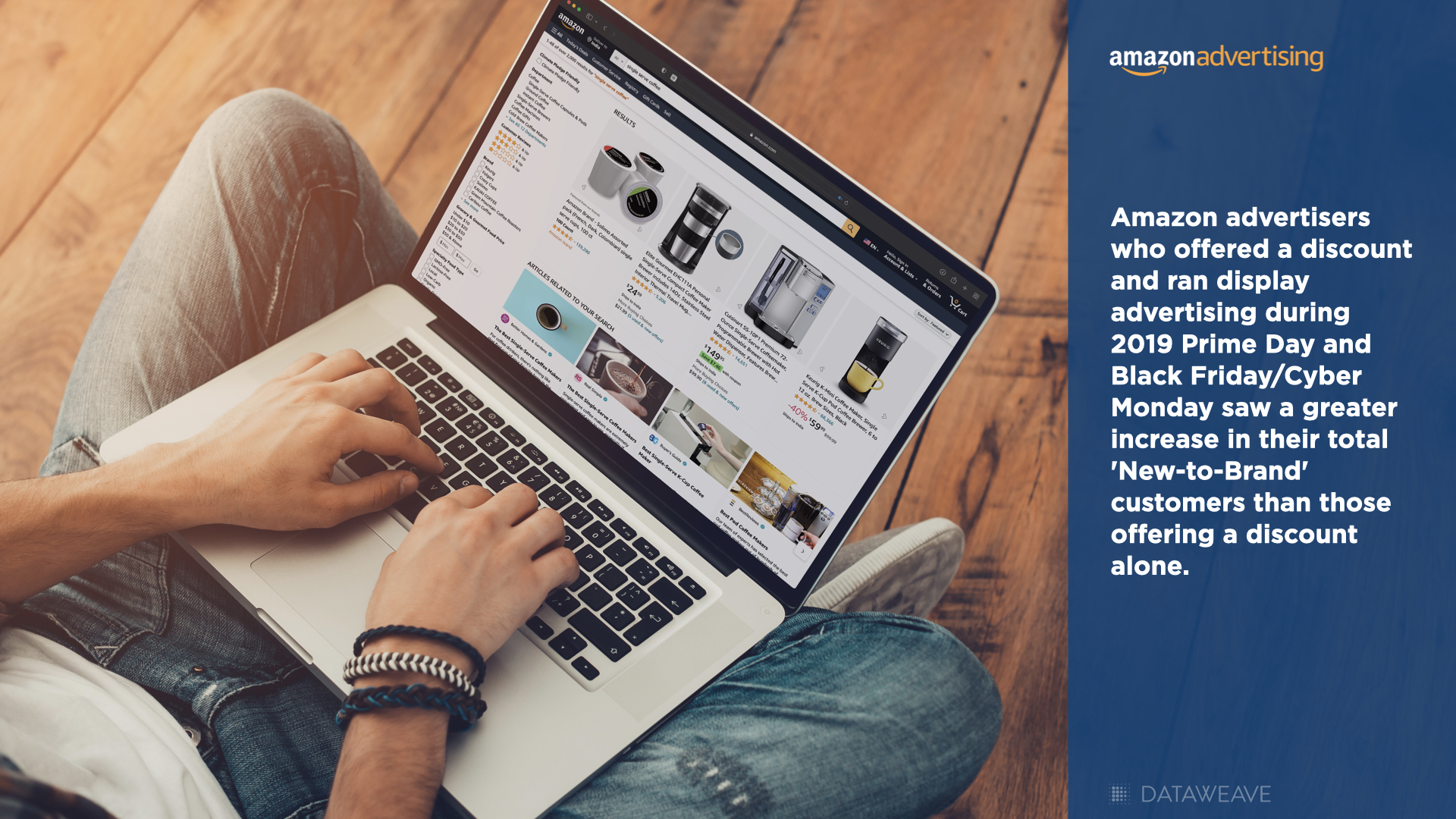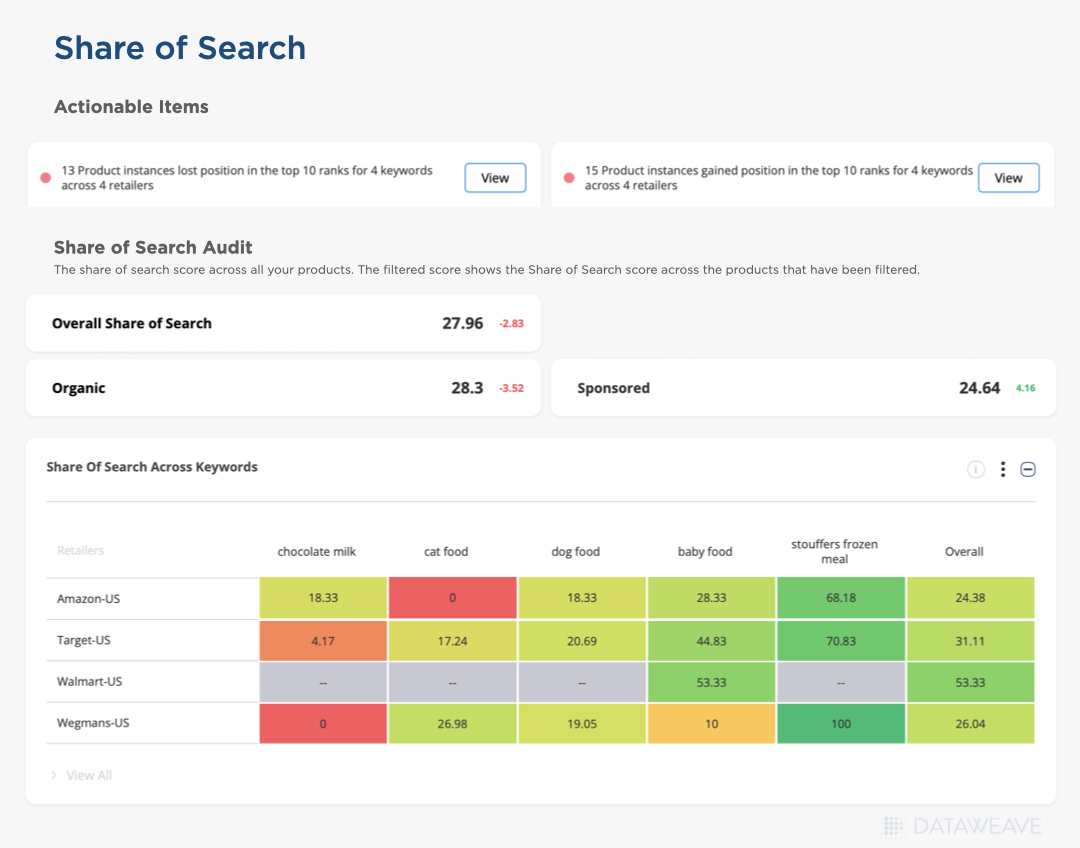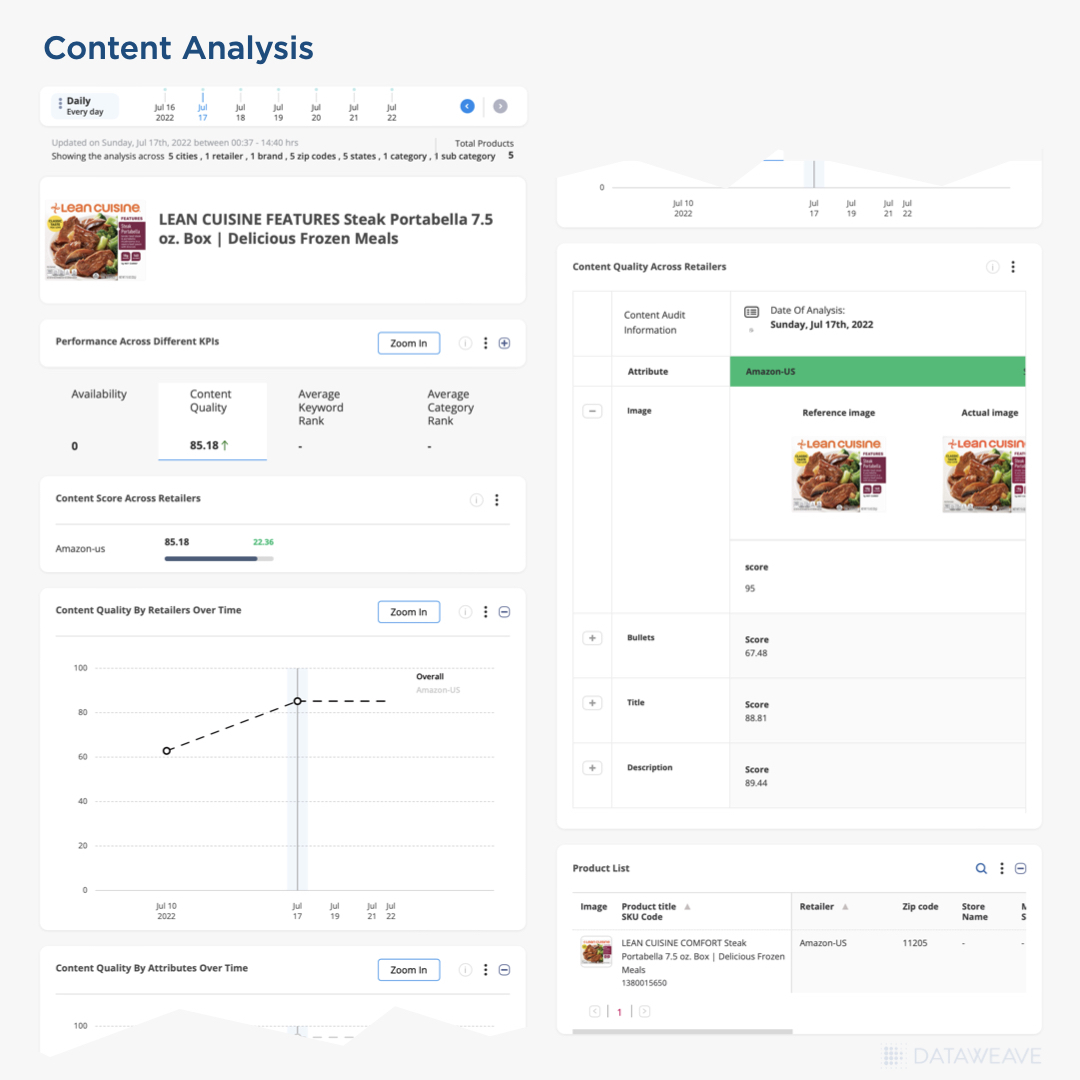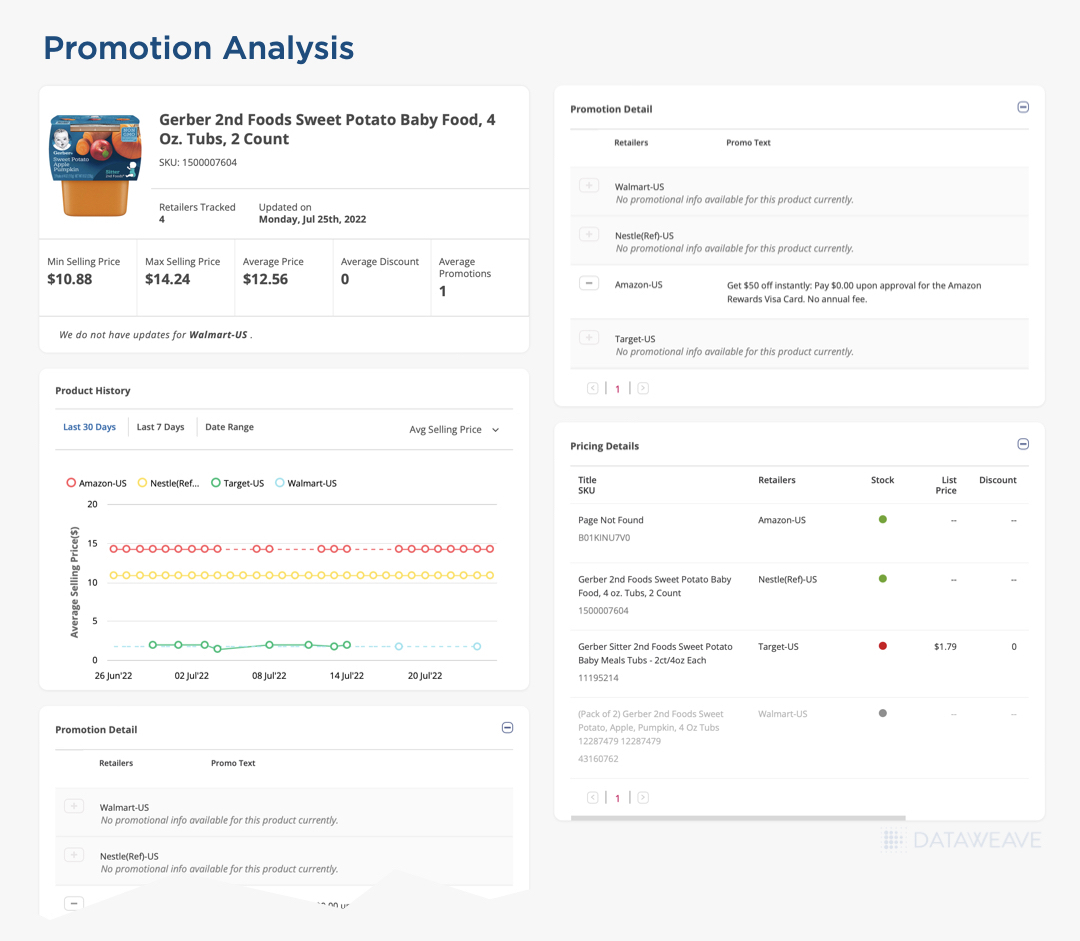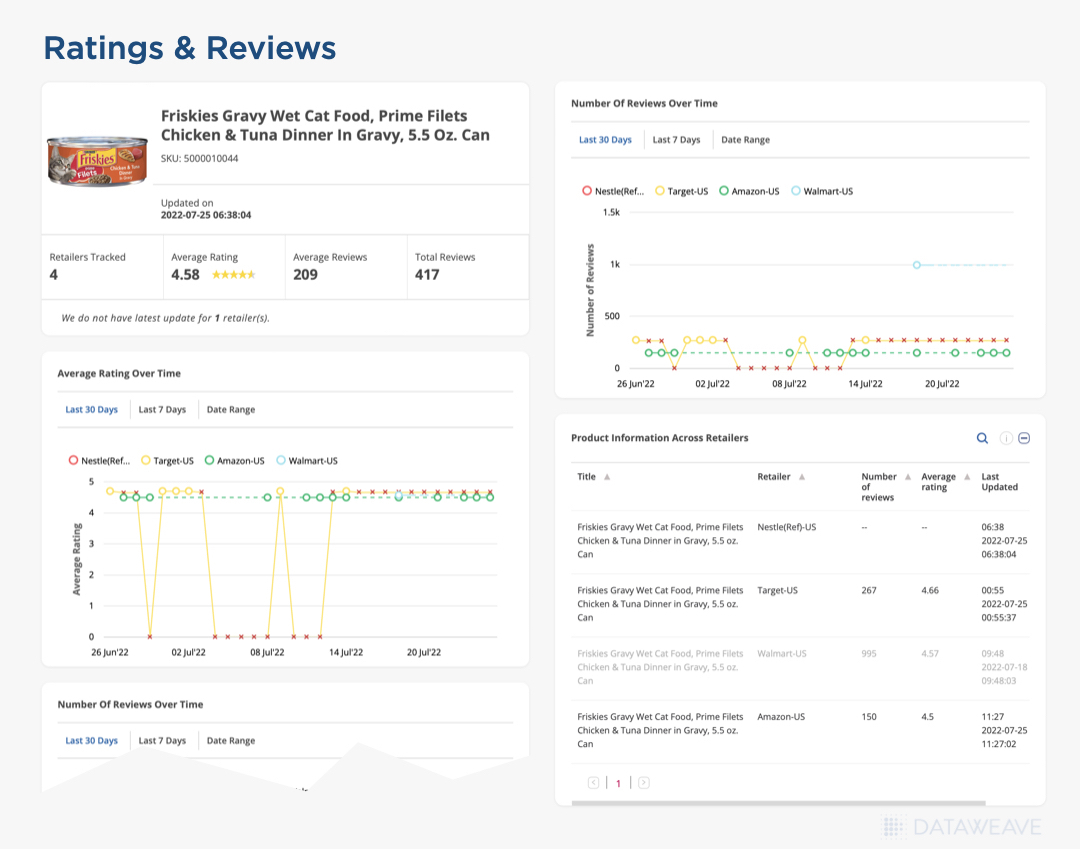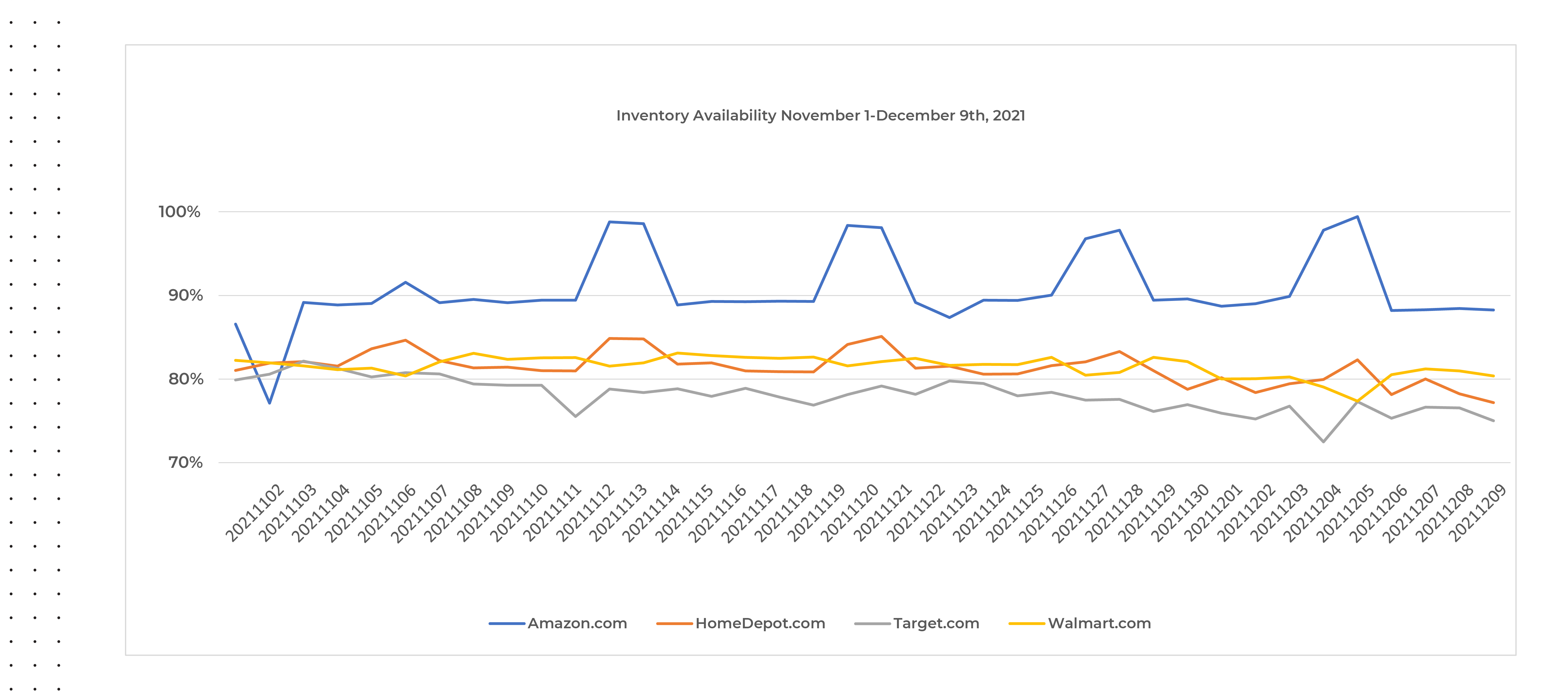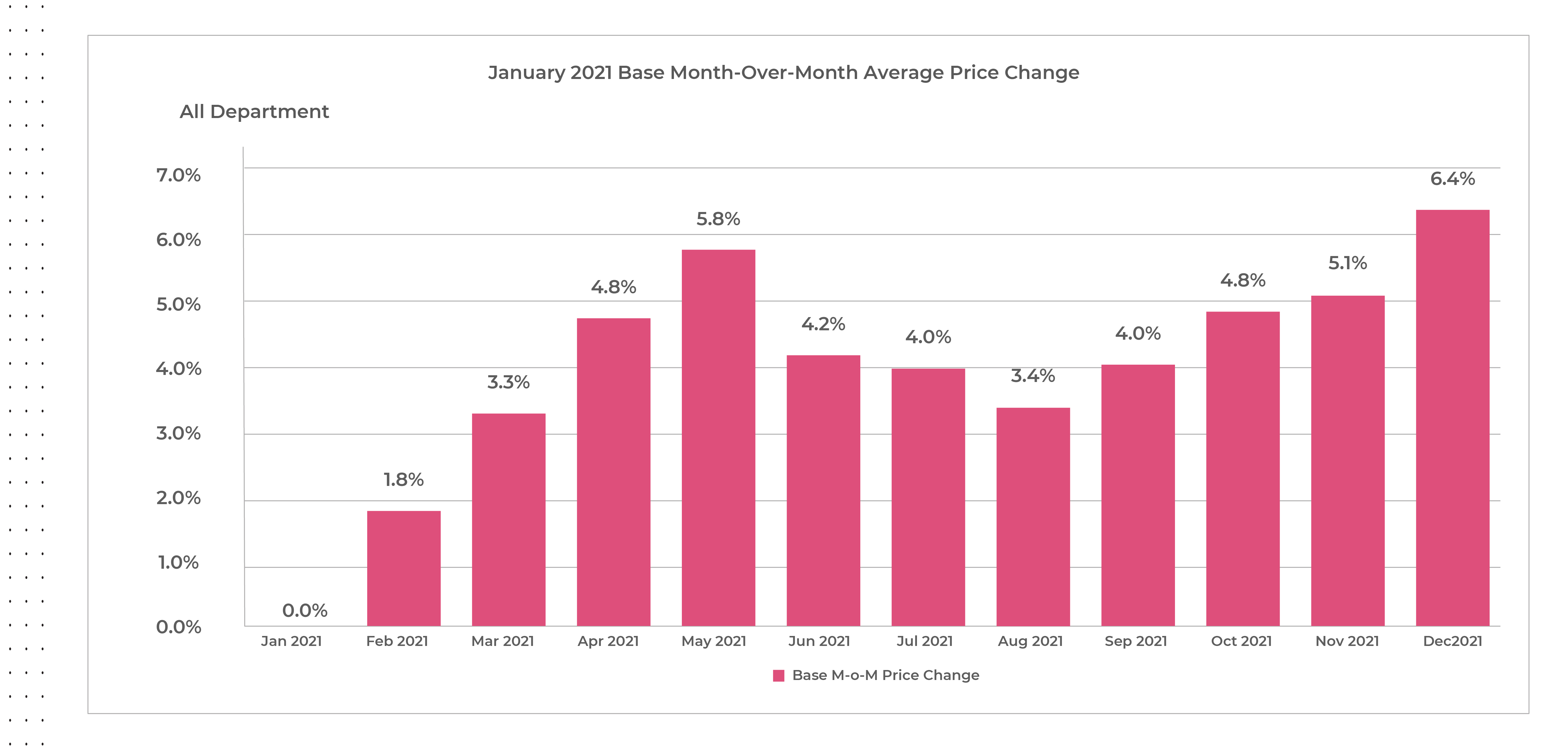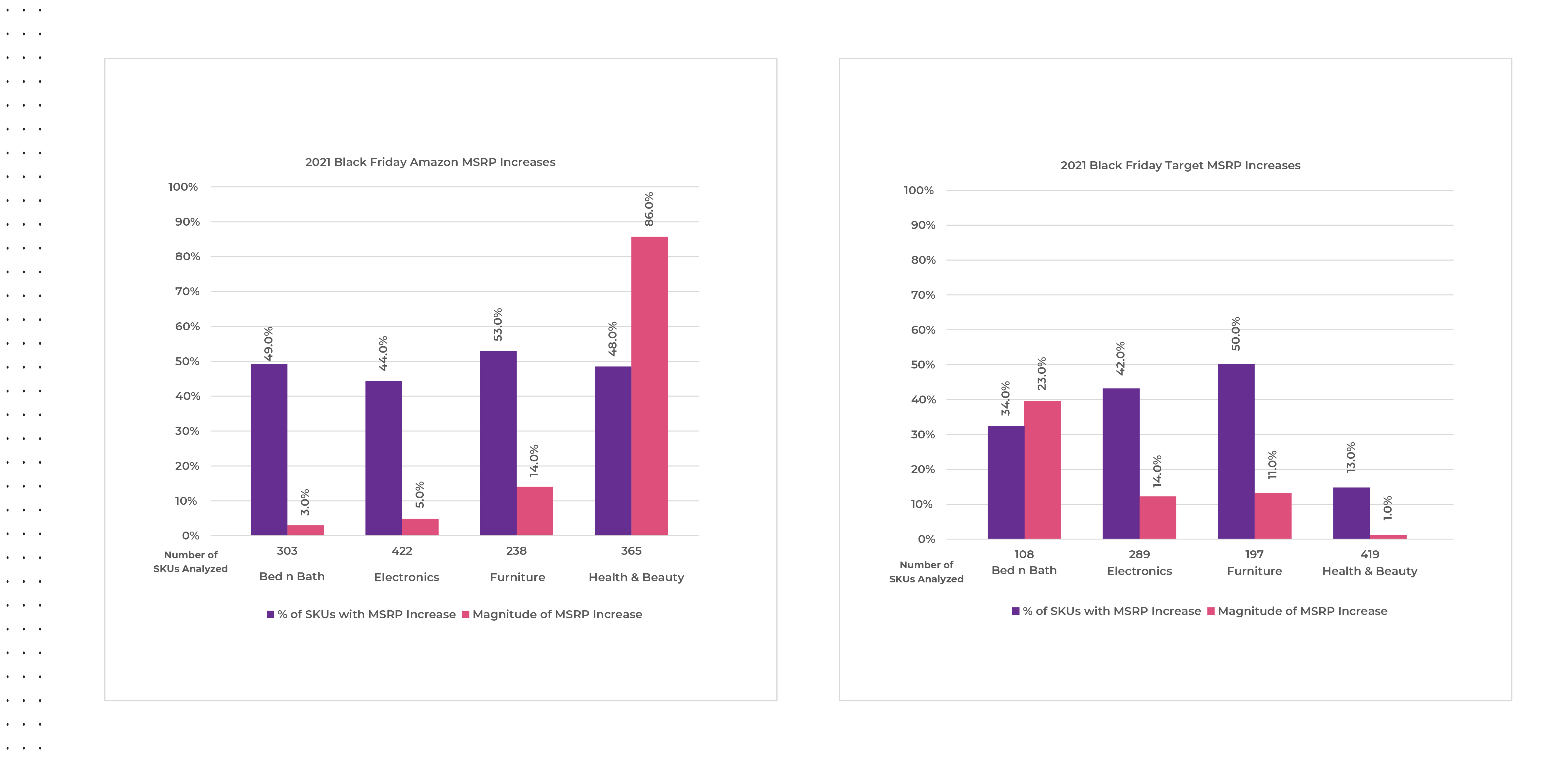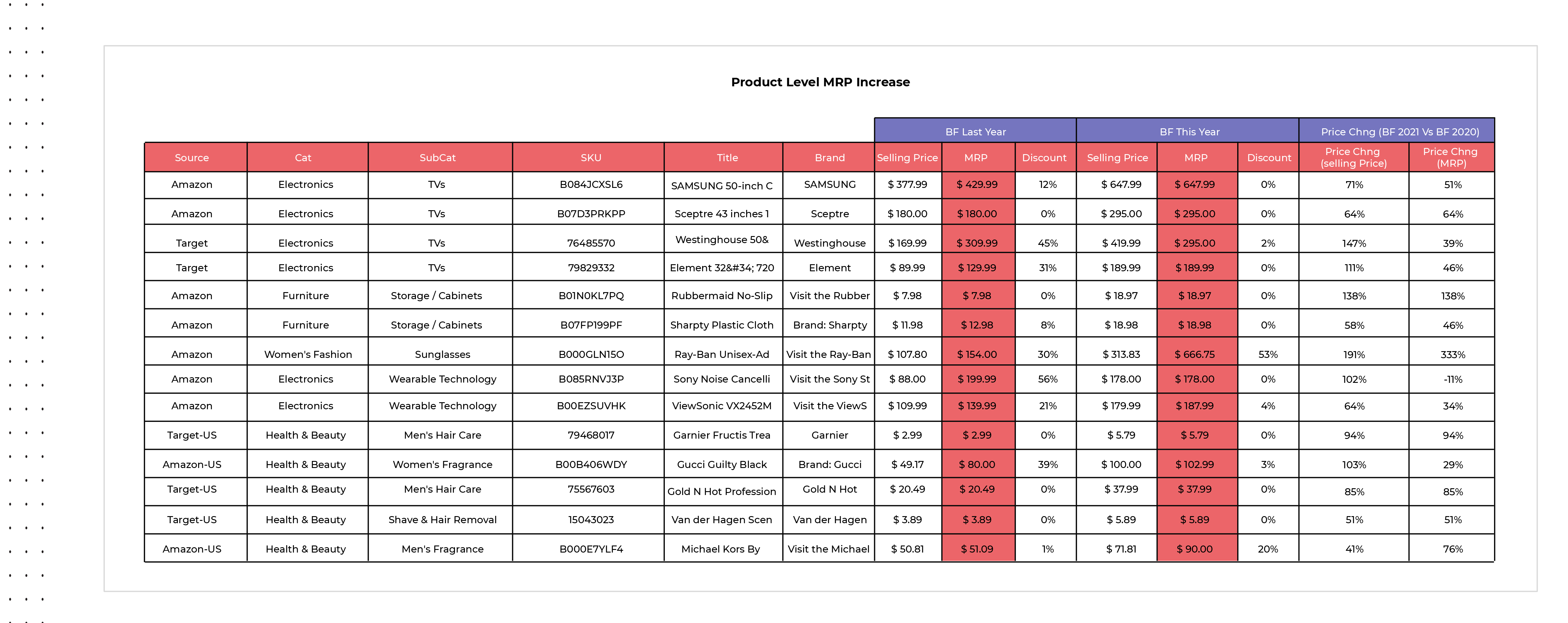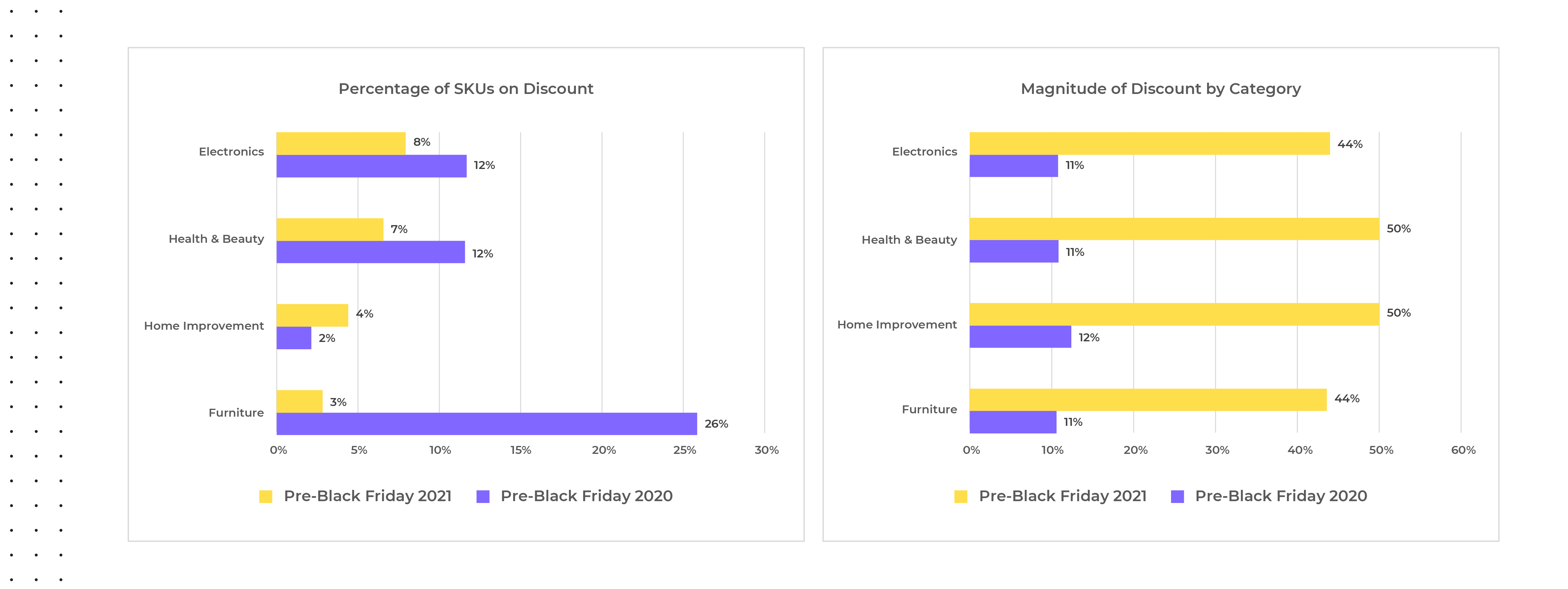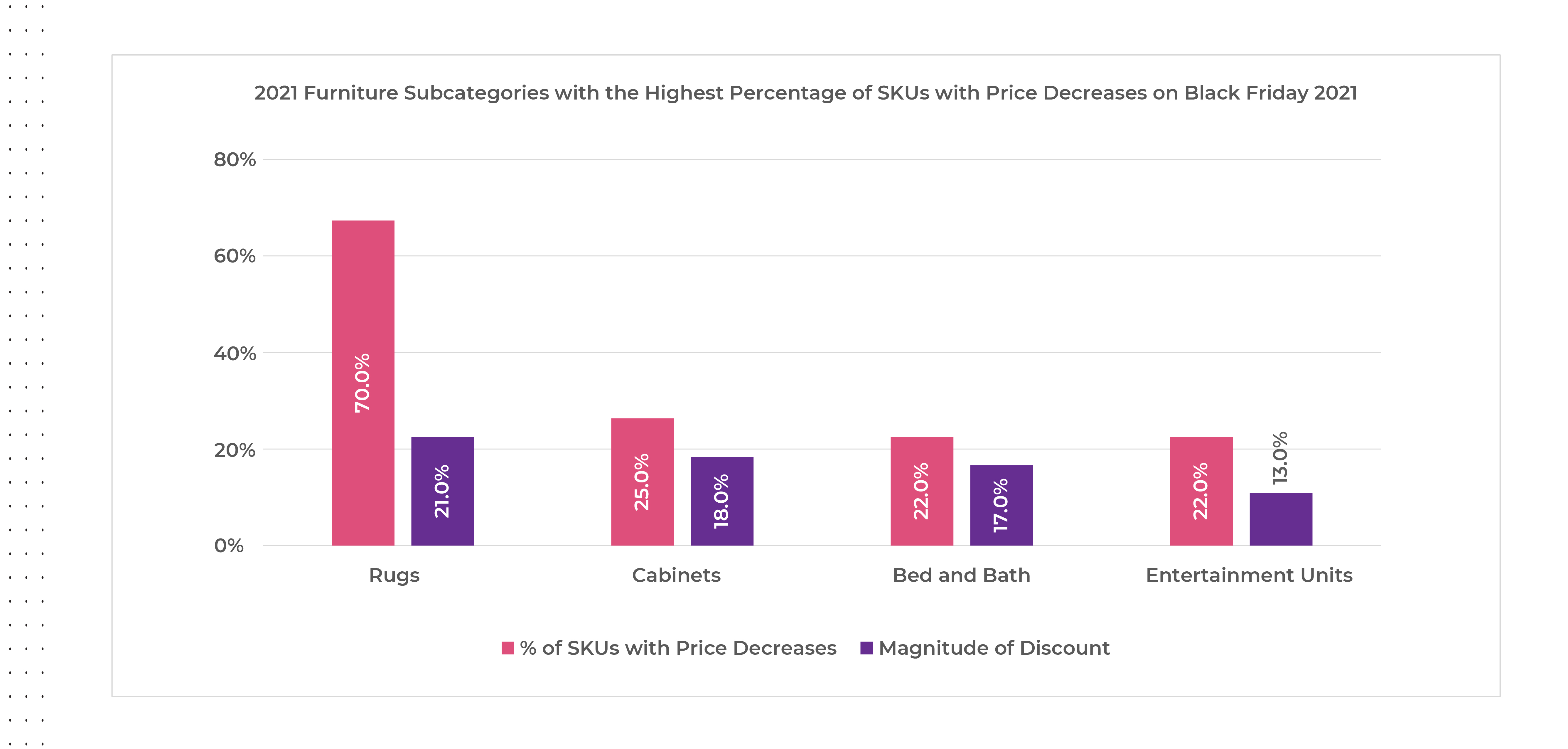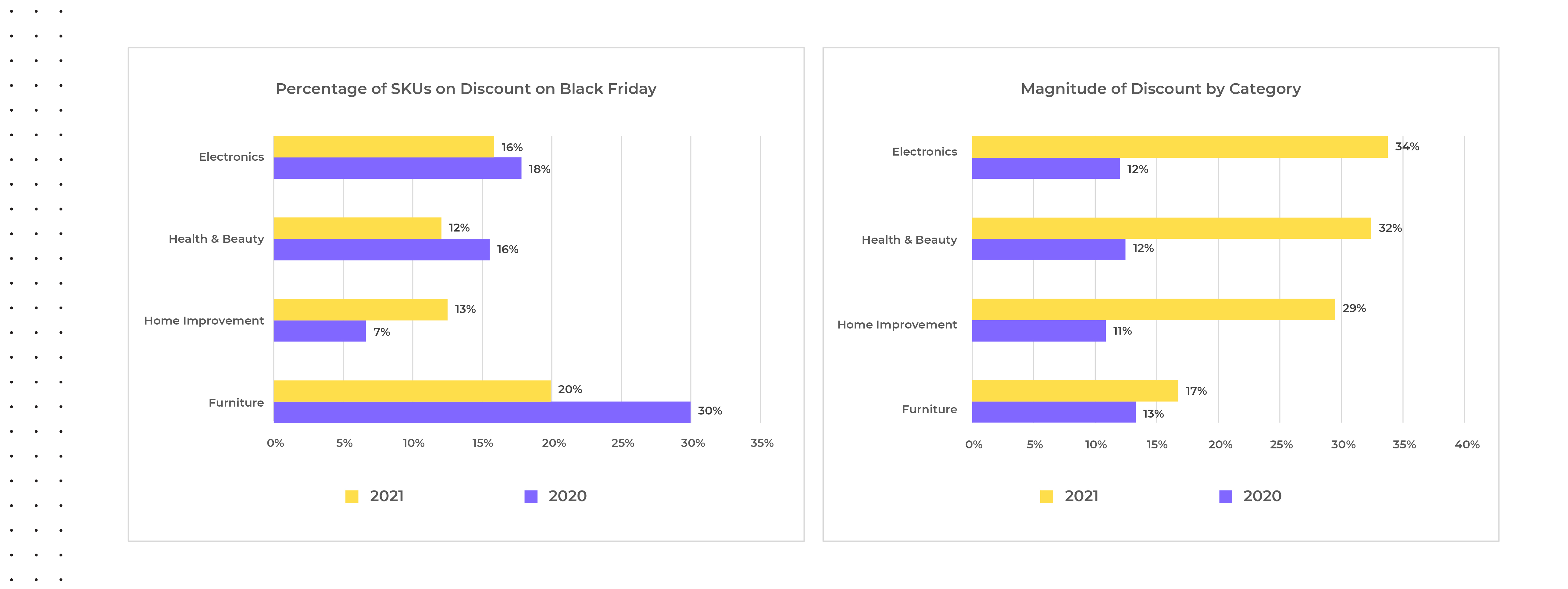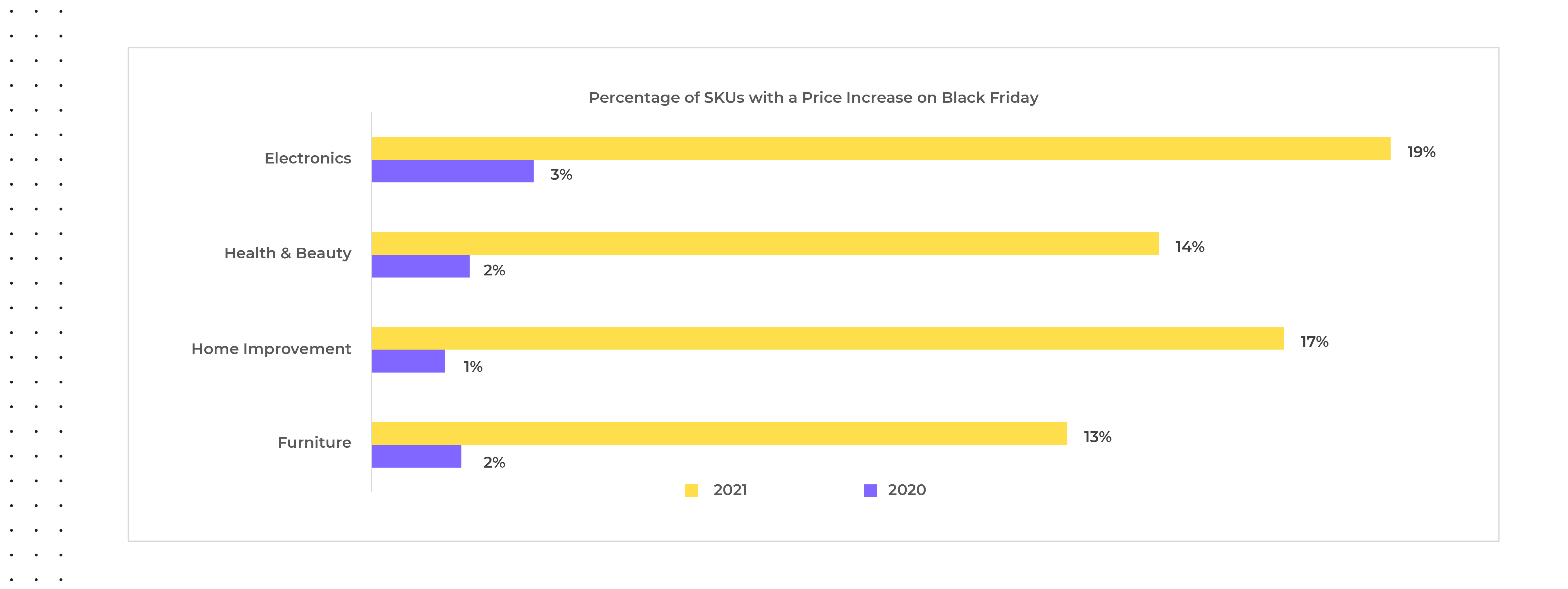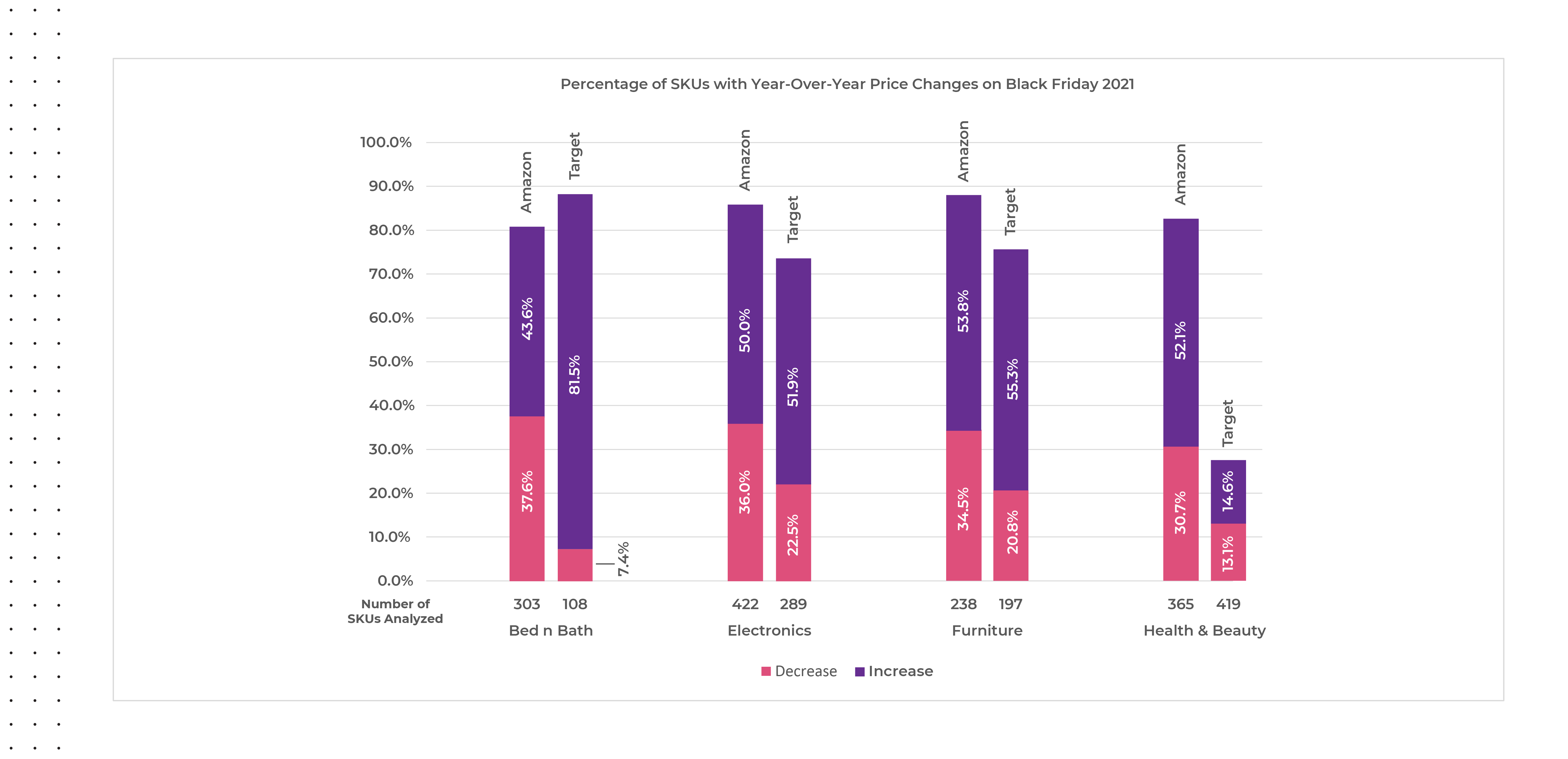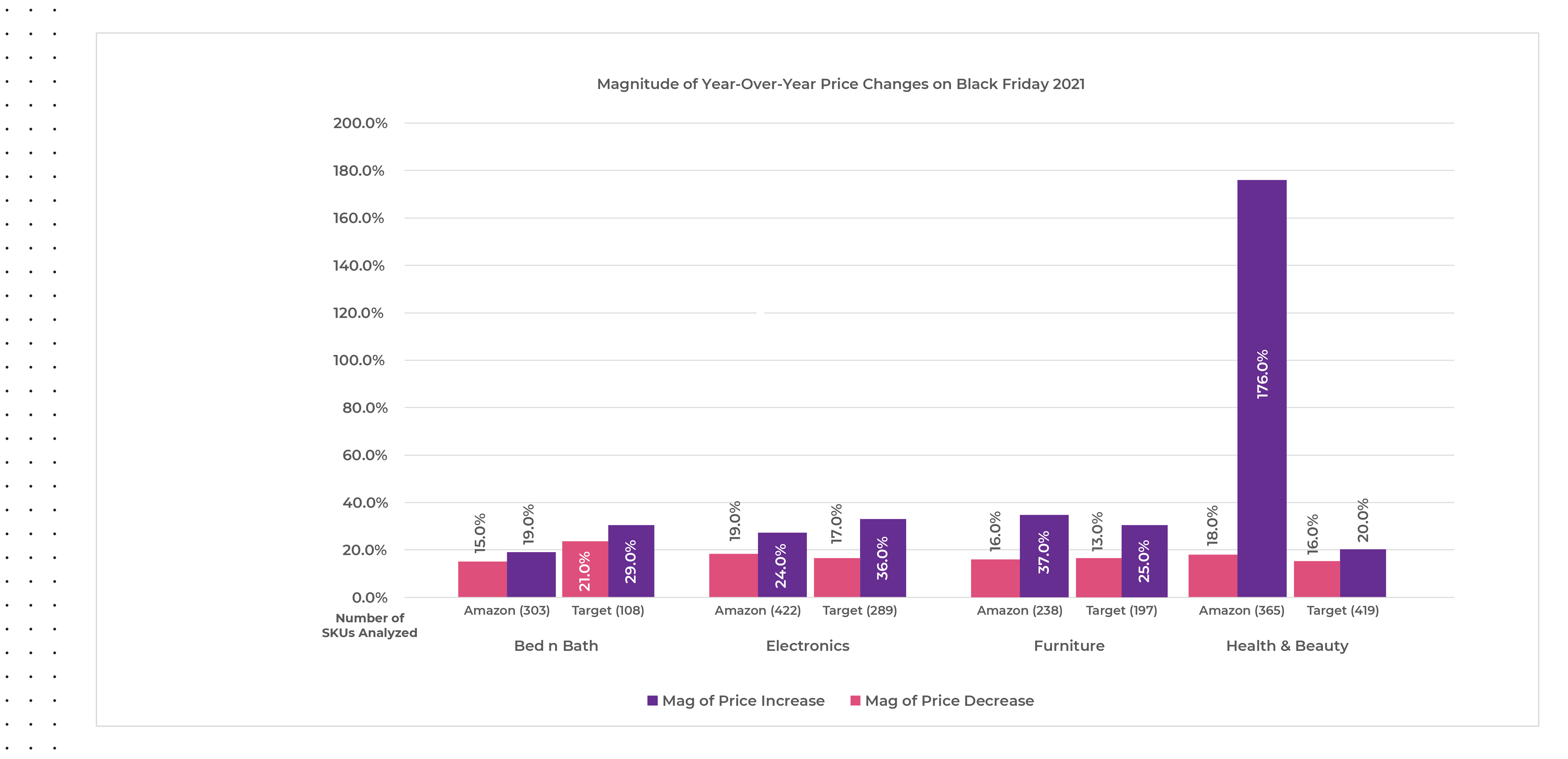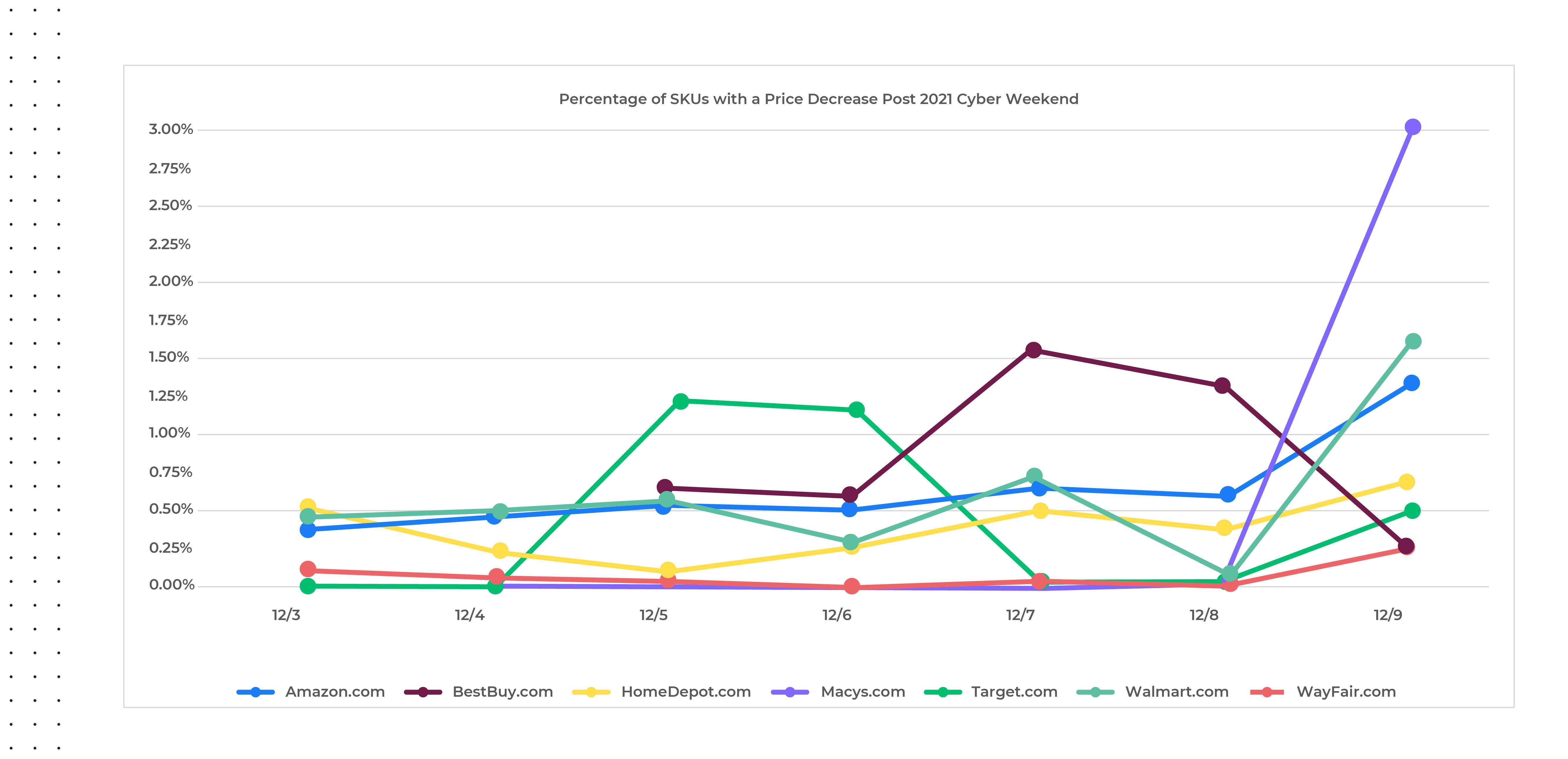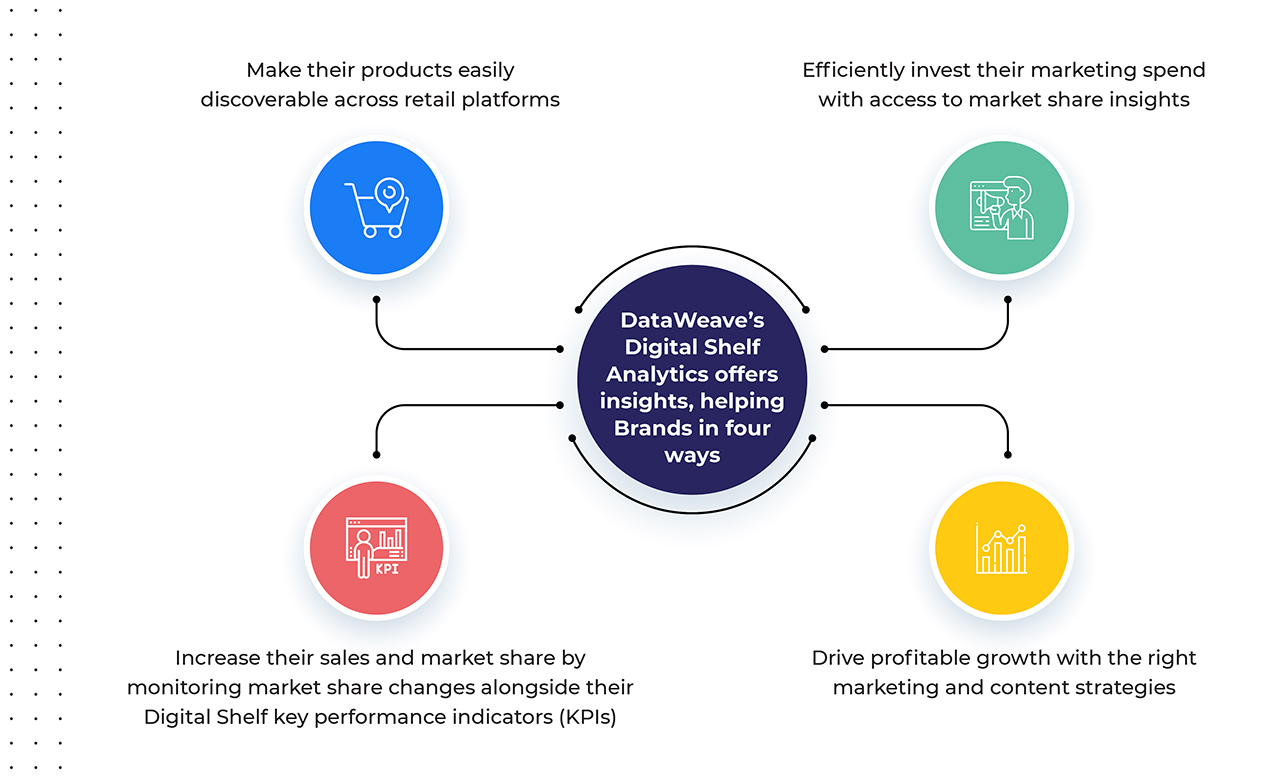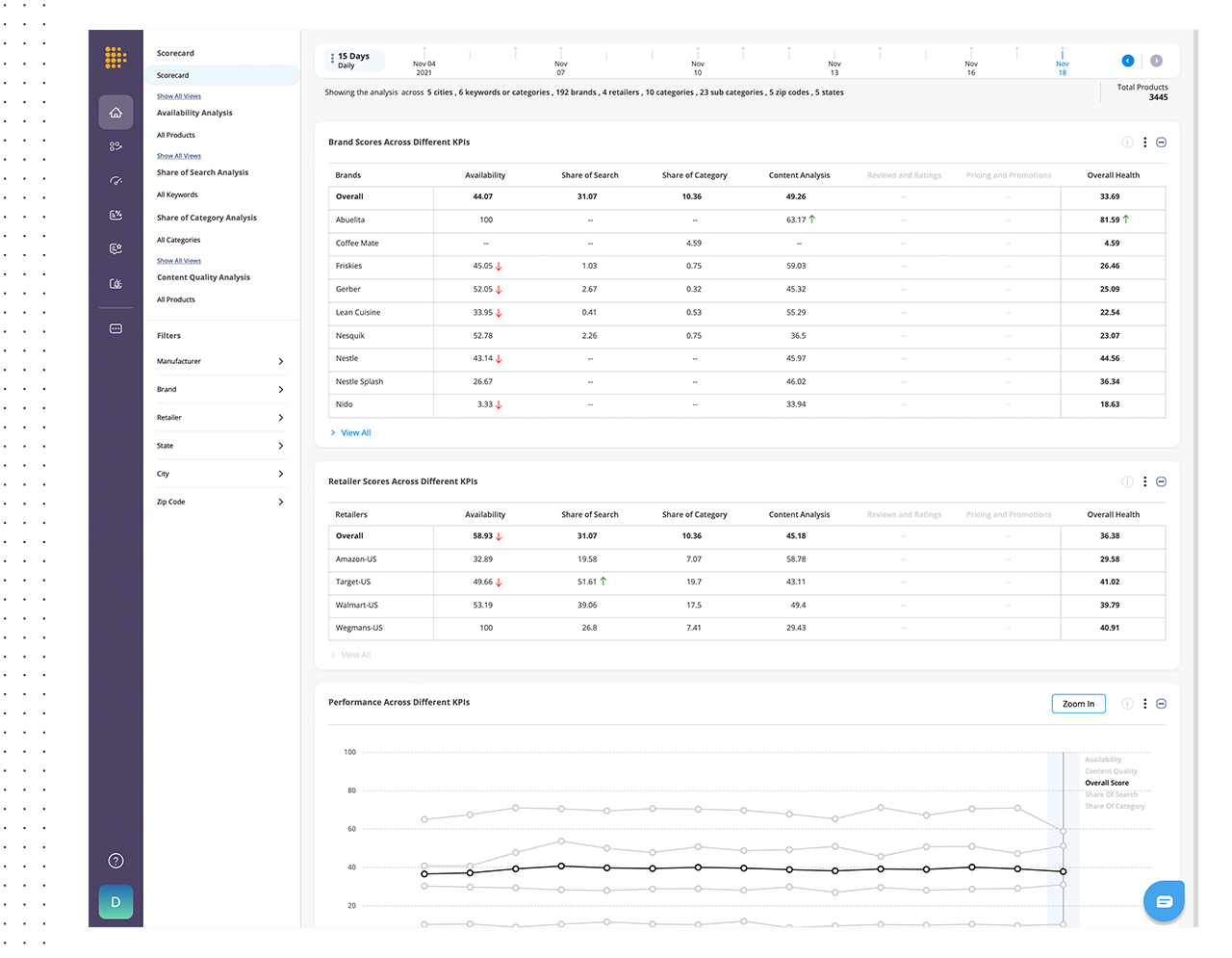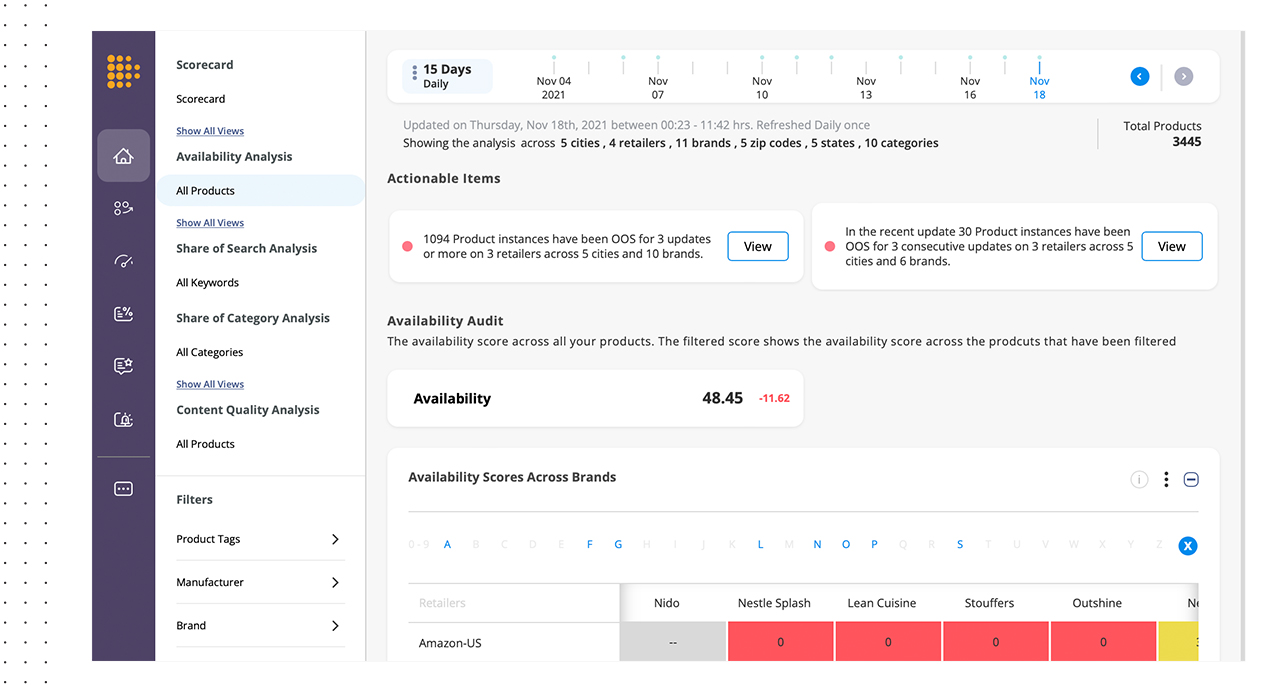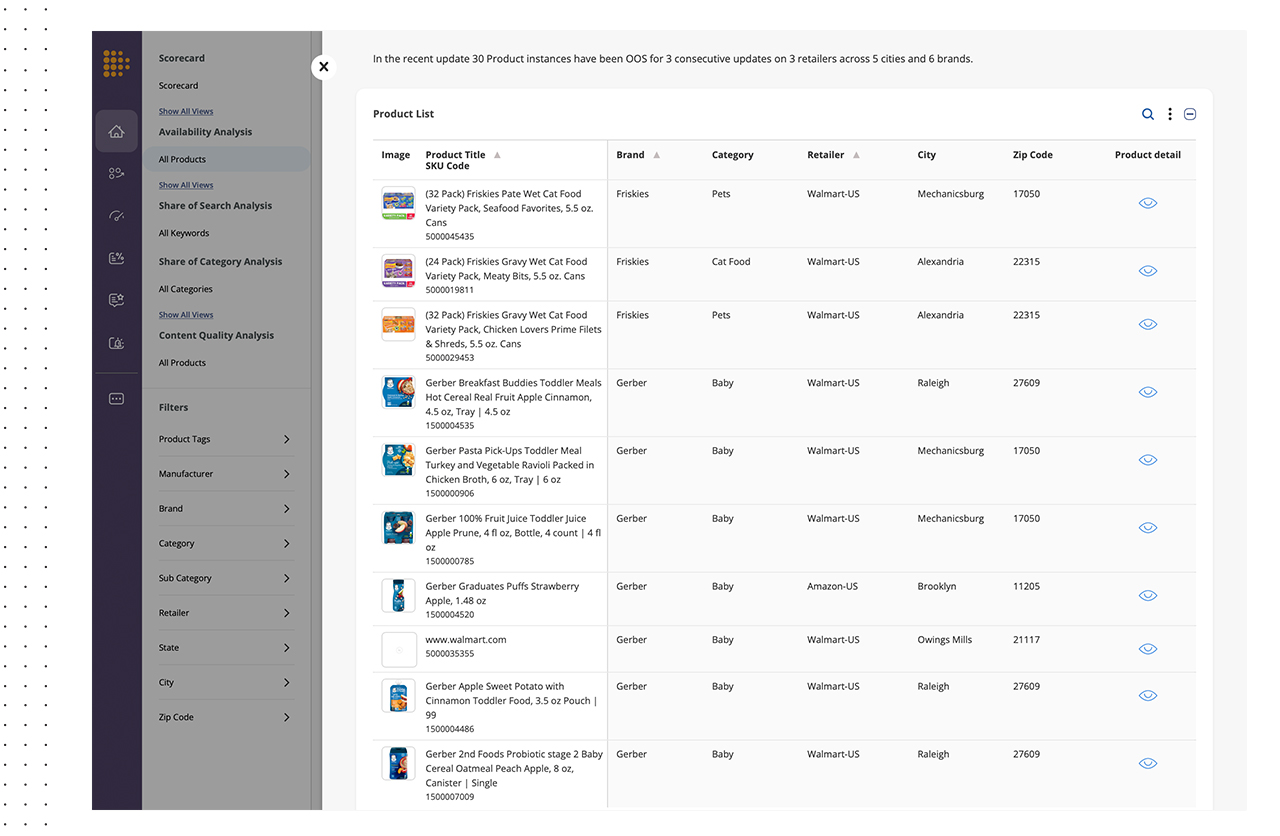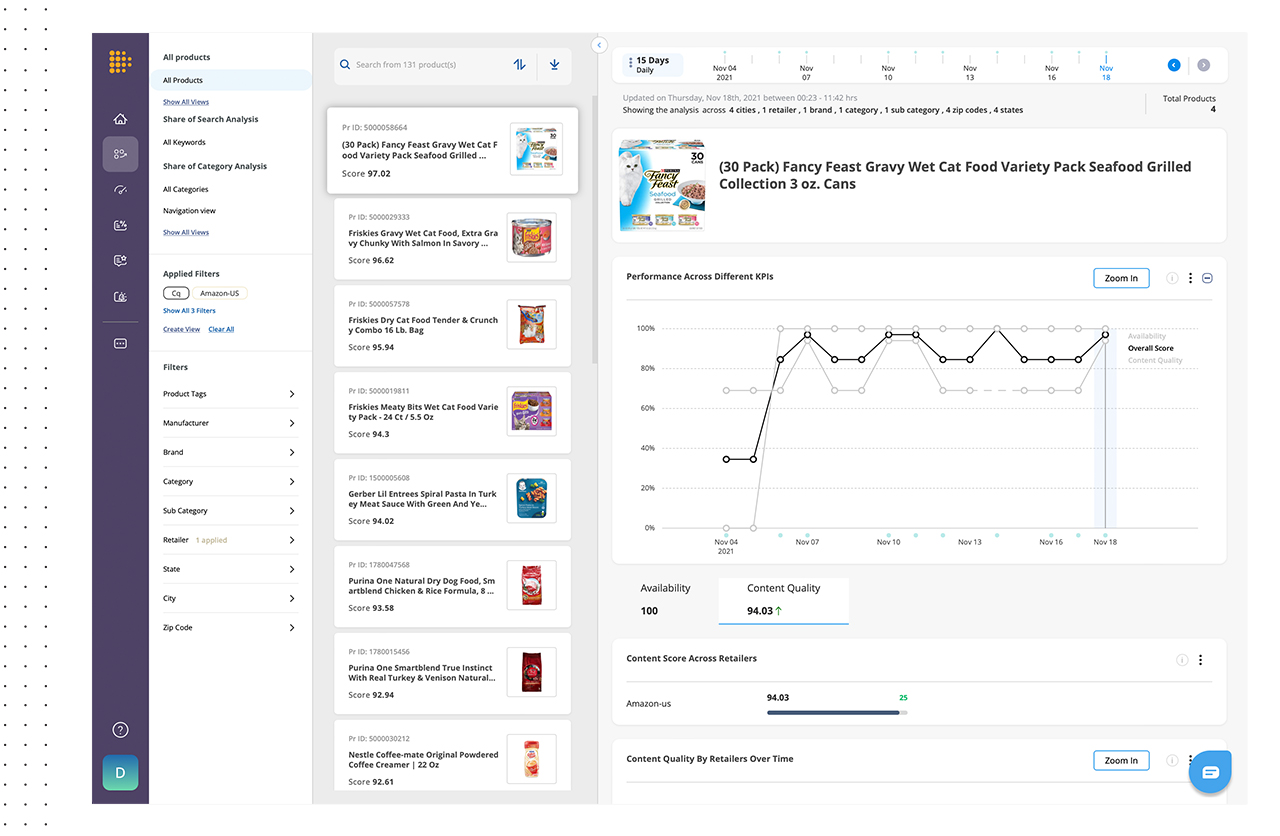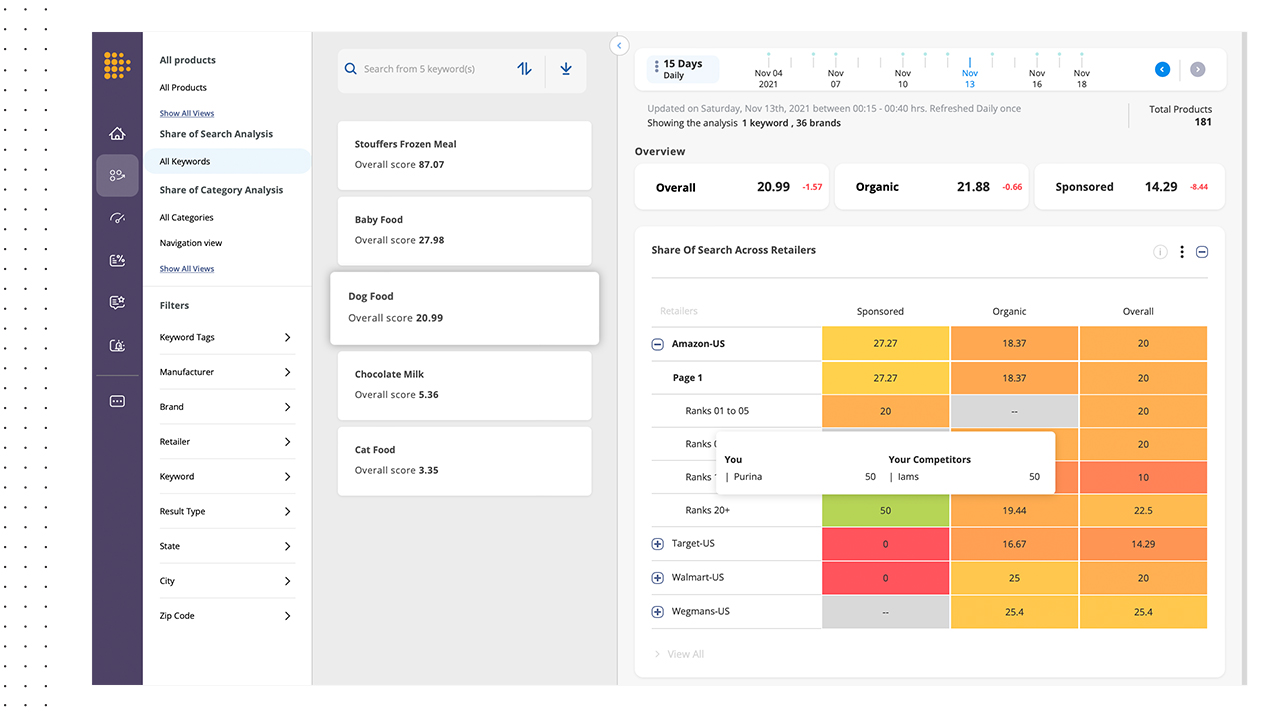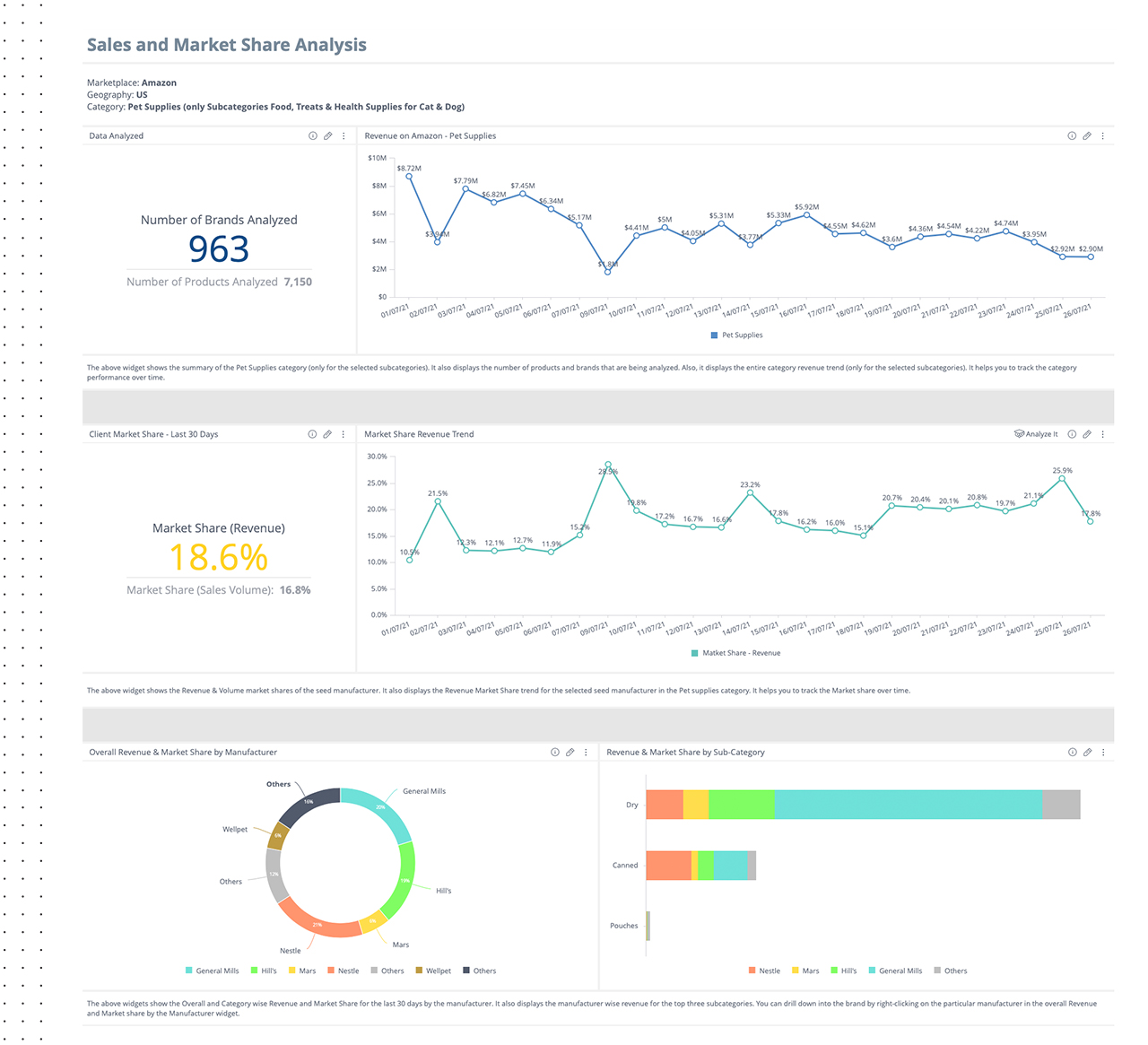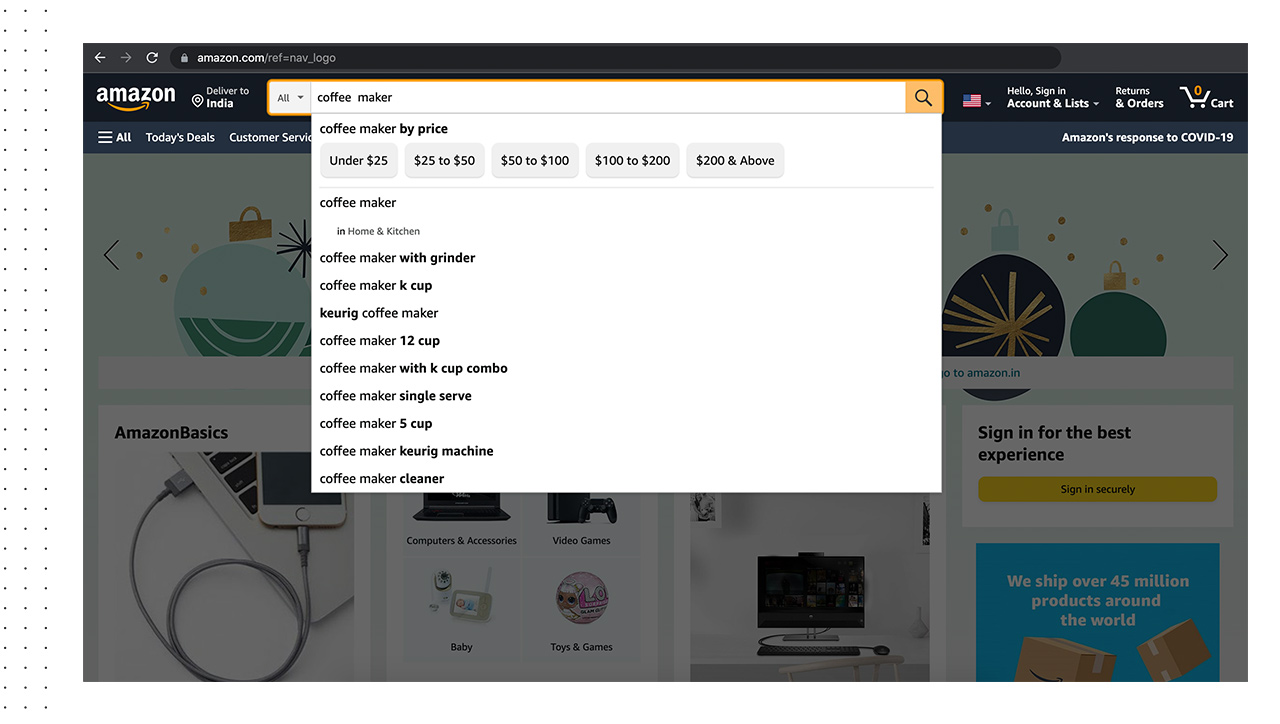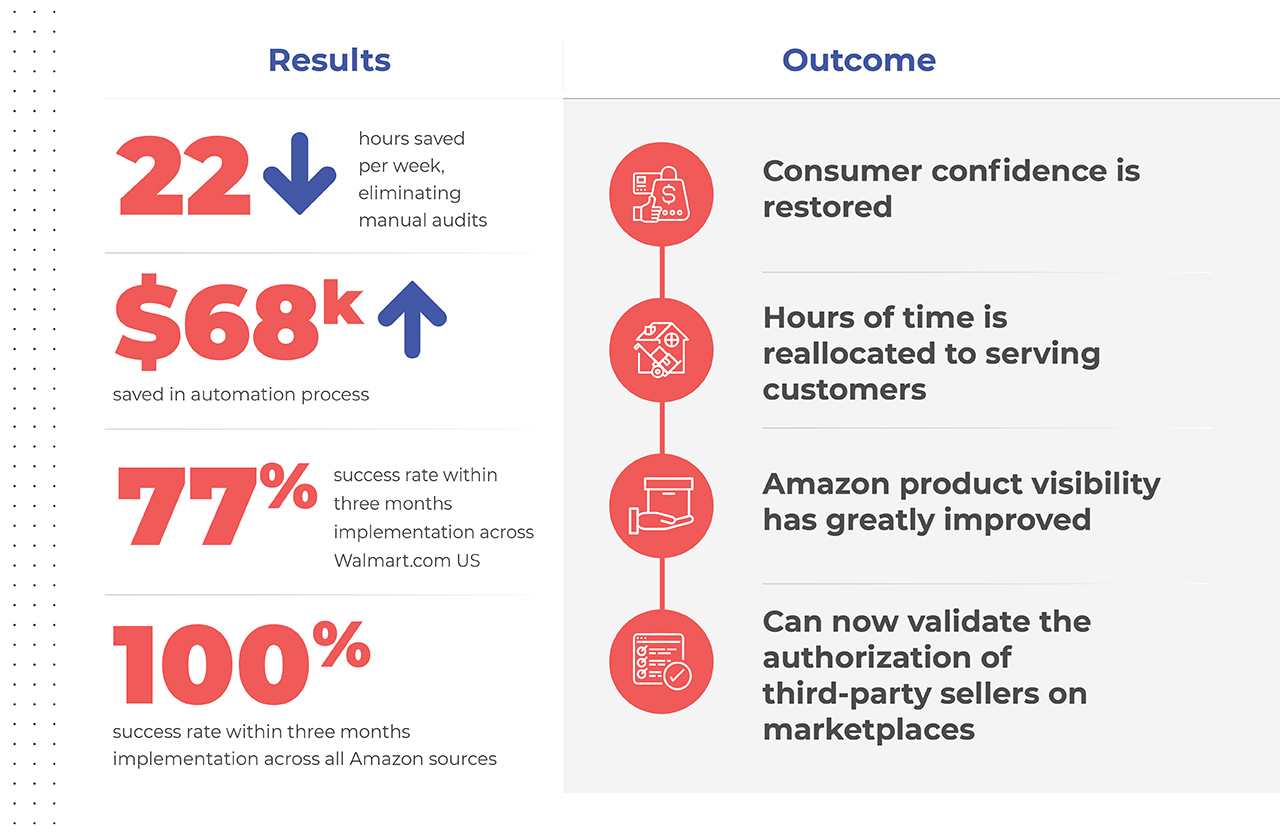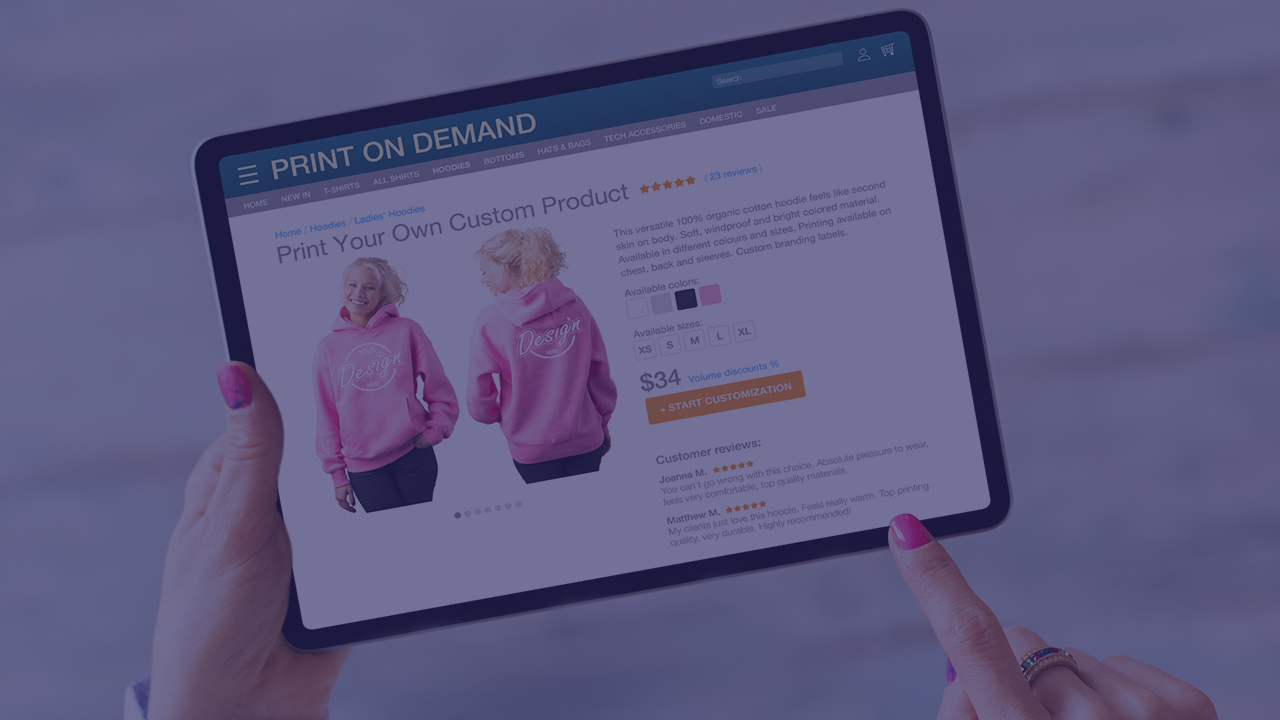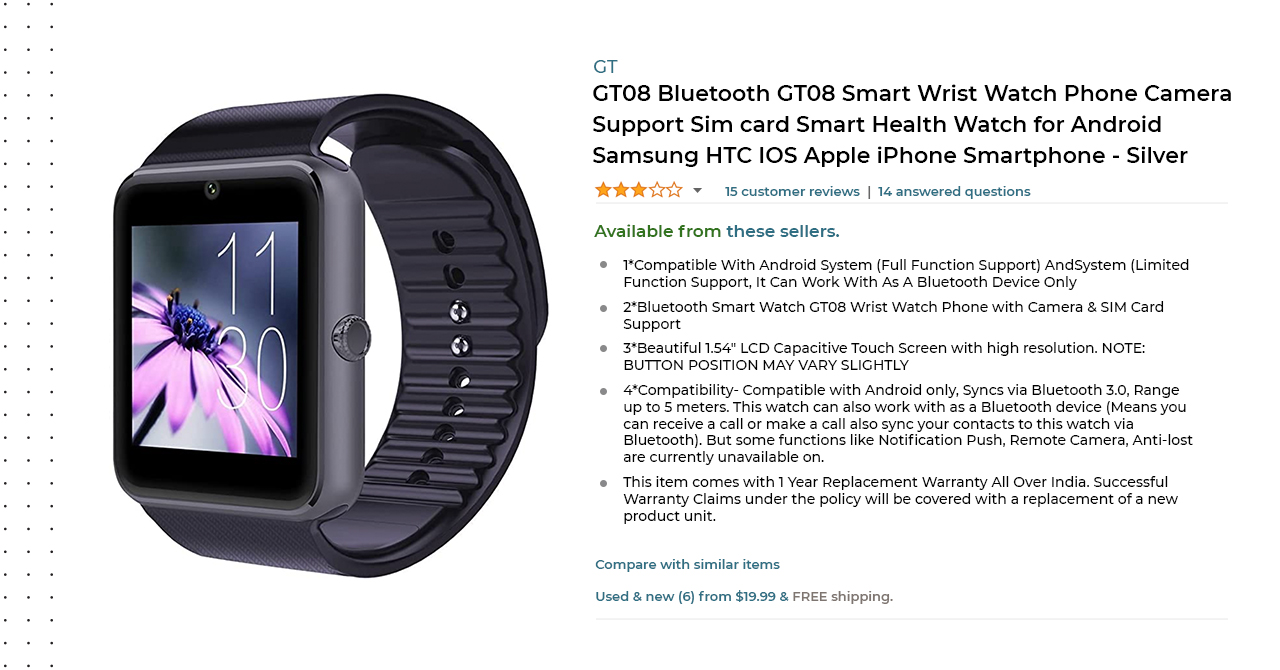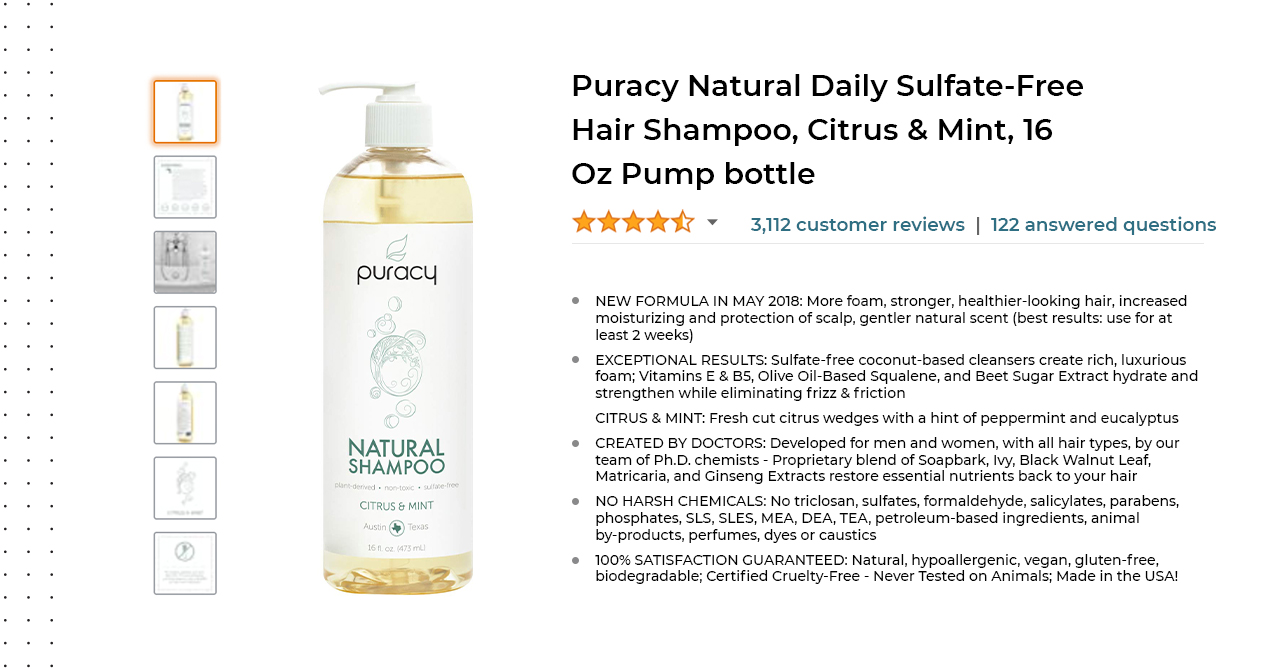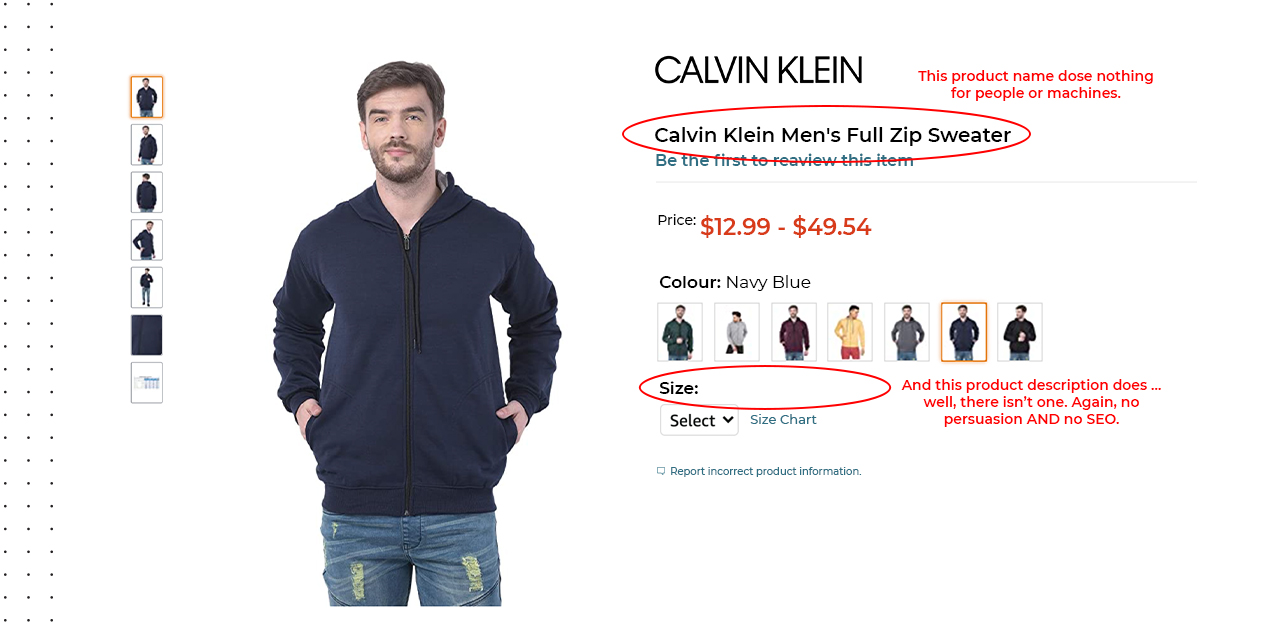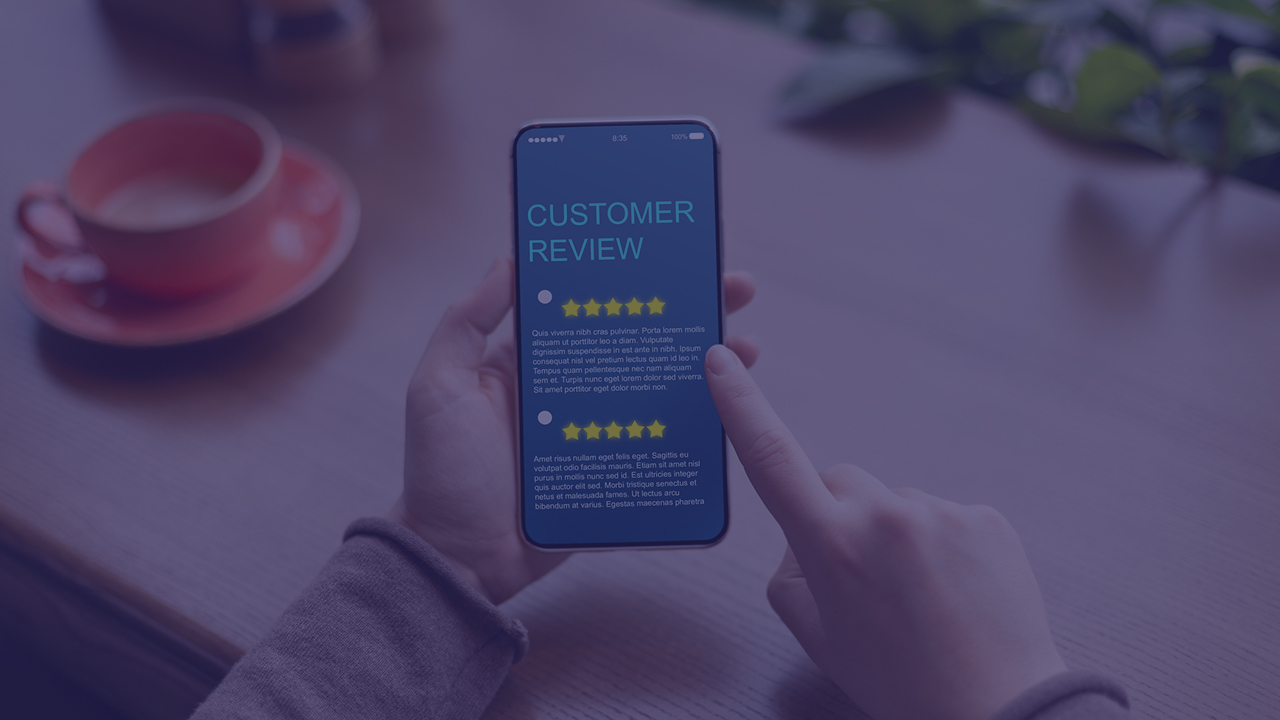Marketing analytics has evolved dramatically over the past decade, yet many brands still struggle to connect their marketing investments to real business outcomes. While traditional analytics platforms provide valuable historical insights, they often miss the critical external factors that drive consumer behavior in today’s fast-moving digital marketplace.
The challenge isn’t just about measuring what happened. It’s about understanding why it happened and predicting what comes next. This is where Digital Shelf Impact Modeling becomes essential for smarter marketing investments.
The Critical Data Gap In Marketing Analytics
Traditional marketing analytics expose brands to considerable risk, especially in the CPG and retail space. The fundamental challenge lies in their reliance on lagging indicators for essential metrics like historical sales and ad spend. Data inputs may be months or quarters old before they’re used for strategic decision-making.
That’s like making million-dollar marketing decisions while only looking in the rearview mirror when you need to watch the road ahead simultaneously.
Most marketing analytics tools also typically overlook external market factors that can dramatically impact performance. In today’s retail landscape, where market conditions change rapidly, being blind to real-time competitive dynamics creates significant vulnerability. Key external factors that traditional analytics fail to capture include:
- Competitor moves: Price changes, promotions, content updates
- Consumer sentiment: Review trends, ratings, social engagement
- Market dynamics: Stockouts, search ranking shifts, category growth
In fact, opaque data integration and siloed insights remain substantial barriers to actionable intelligence from marketing analytics tools. Most critically, old school approaches often miss vital such variables influencing consumer behavior.
These blind spots must be addressed to unlock the full value of marketing analytics investments and make truly informed marketing decisions.
How Digital Shelf Impact Modeling Completes The Picture
This is where Digital Shelf Impact Modeling plays a complementary role. Brands leveraging digital shelf analytics gain insights into actual market dynamics that traditional analytics alone cannot provide. However, brands using digital shelf insights in isolation often struggle to quantify how digital shelf improvements directly impact revenue. Answering questions like “Did better product content drive sales, or was it the influencer campaign?” remains challenging.
Bridging these disconnected platforms requires intentional integration and a solution that can feed intensively cleaned and organized data into existing analytics frameworks. With the right data inputs, companies establish a powerful feedback loop for agile, data-driven decisions.
A comprehensive DSA solution like DataWeave provides granular, actionable data on critical external variables such as:
- Daily or weekly competitor pricing movements and promotional activity
- Product content standardization and optimization across retailers
- Review sentiment trends and potential reputation issues
- Share of search/shelf performance relative to competitors
When merged with established analytics capabilities, digital shelf impact modeling creates a complete picture that fills the blind spots holding marketing teams back from maximizing ROI.
The Digital Shelf Advantage in Retail Media
The popularity of retail media networks has further amplified the need for integrated digital shelf analytics approaches. These advertising platforms, operated by retailers, allow brands to display targeted ads to shoppers across digital properties based on first-party customer data and purchase insights.
The retail media revolution has transformed e-commerce pages into sophisticated search engines for product discovery. This evolution has been so impactful that retail media ad revenue surged 16.3% in 2023, reaching $43.7B in the U.S., with continued growth projected.
Major platforms like Walmart have expanded their retail media networks to capitalize on closed-loop attribution. Since retailers own the entire customer journey, they can track everything from ad impression to purchase on their e-commerce sites. This creates a significant advantage through accurate ROI measurement, unlike traditional advertising where attribution remains challenging.
How Digital Shelf Impact Modeling Enhances Retail Media Optimization
With retail media emerging as a top-performing sales channel, brands need sophisticated optimization strategies. Every brand wants to maximize visibility and performance across individual eCommerce sites, just as they optimize for Google or emerging AI platforms.
Integrating digital shelf analytics into marketing mix models enables brands to:
- Allocate ad spend more intelligently using real-time competitive insights
- Identify timely campaign activation opportunities in response to market changes
- Monitor organic ranking trends to strategically time paid promotional activities
- Measure true campaign impact on digital shelf performance metrics
For example, when a competitor launches an aggressive price drop in your category, Digital Shelf Impact Modeling provides immediate visibility into this change. This intelligence can trigger recommended campaign adjustments, such as increased sponsored ad bidding in affected categories. Traditional analytics alone cannot deliver this level of responsive optimization.
How to Integrate Digital Shelf Impact Modeling: A 3-Step Framework
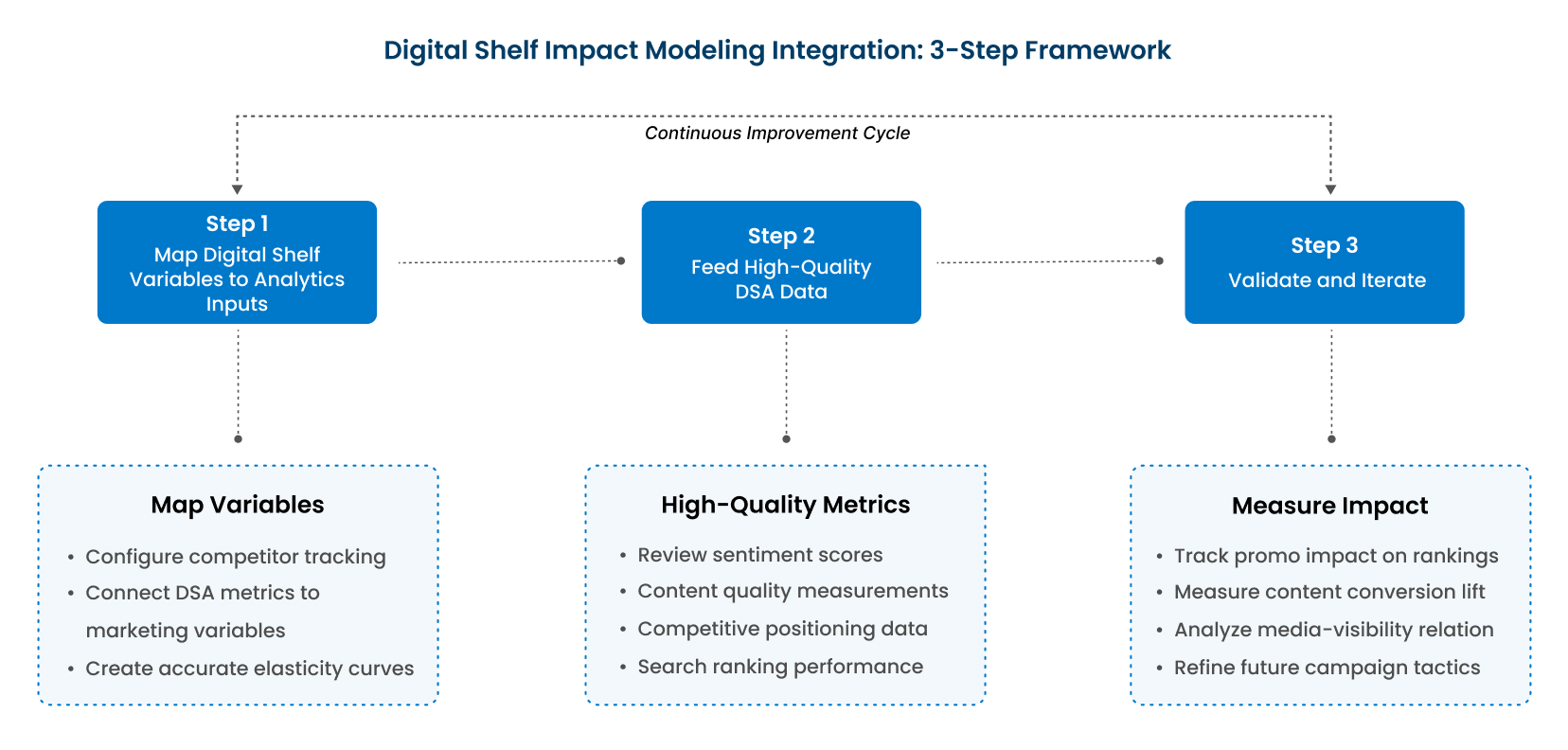
Here’s how to integrate Digital Shelf Impact Modeling into your marketing strategy to start making better data-driven decisions for your brand.
Step 1: Map Digital Shelf Variables to Analytics Inputs
Begin by mapping specific digital shelf variables to your existing analytics inputs. Ensure that competitors are properly configured for monitoring in your digital shelf platform and that timely metrics like price changes and search ranking positions are linked with your marketing measurement systems.
This integration is crucial because traditional analytics rely exclusively on historical data for forecasting. Adding real-time inputs delivers several benefits:
- More accurate elasticity curves reflecting current market conditions
- Better understanding of root causes behind demand shifts
- Prevention of misattributing sales changes to your marketing activities when external factors may be responsible
At DataWeave, our comprehensive coverage spans 500+ billion data points, 400,000 brands, and 1,500+ websites, ensuring brands never miss a competitor move and maintain complete visibility across the connected e-commerce landscape.
Step 2: Feed High-Quality Digital Shelf Data into Analytics Platforms
Next, integrate critical digital shelf metrics into your measurement framework:
- Review and sentiment scores and trends
- Content quality measurements
- Competitive positioning data
- Price gap analytics
- Search ranking performance
DataWeave employs a rigorous data accuracy validation process to ensure teams work with the cleanest, most reliable data possible. Our sophisticated processing pipeline removes anomalies and standardizes information across retailers, providing the consistent, high-integrity data foundation that robust marketing mix modeling demands.
Step 3: Validate and Iterate
A powerful Digital Shelf Impact Modeling solution helps measure whether your marketing efforts achieved their intended impact on the digital shelf. Use your digital shelf platform to assess your campaigns’ actual effect on key performance indicators:
- Do promo-driven sales lifts correlate with improved search rankings?
- How do content improvements impact conversion rates?
- What is the relationship between paid media and organic visibility?
DataWeave enables users to correlate metrics across the entire consumer journey, from awareness through post-purchase. Rather than focusing solely on short-term spikes, brands can measure lasting impacts on digital shelf health. This end-to-end visibility empowers teams to make increasingly informed decisions with each campaign cycle.
Executive Decision Support in Uncertain Times
It is no surprise to anyone that we are living through volatile times. Executives may be uncomfortable if they cannot provide their teams with strategic direction based on data or the tools they need to accelerate their workdays.
By integrating Digital Shelf Impact Modeling with existing analytics, companies gain early warning signals about market shifts, enabling smarter resource allocation during budget constraints. This integration helps organizations move from tactical execution to strategic direction by:
- Providing cross-channel impact analysis to understand the full marketing ecosystem
- Equipping category managers with tactical optimization tools that support broader strategic objectives
- Identifying competitive threats before they impact sales
- Forecasting potential ROI impacts across various spending scenarios
These capabilities help prevent wasted ad spend, missed opportunities, and lost sales.
Future-Proofing Your Marketing Strategy with Digital Shelf Impact Modeling
Several emerging trends highlight the growing importance of digital shelf-enhanced marketing analytics:
- Trend 1: Navigating Economic Volatility – Brands can use Digital Shelf Impact Modeling to track how competitors adjust pricing in response to cost shocks like tariffs and inflation. This real-time intelligence directly improves demand forecasting accuracy.
- Trend 2: AI-Powered Predictive Insights – Combining digital shelf trend detection (such as viral product reviews or sudden inventory fluctuations) with marketing performance metrics helps forecast demand spikes from otherwise unforeseen events.
- Trend 3: Automated Optimization – Smart campaign activations and adjustments based on real-time digital shelf triggers drive efficiency. DataWeave’s vision includes an automated retail media intelligence layer that optimizes spend across channels based on integrated insights.
DataWeave’s Unique Advantage
At DataWeave, we’ve seen our digital shelf analytics customers significantly improve their organic search rankings because of better-sponsored ad campaigns. What makes DataWeave’s approach to Digital Shelf Impact Modeling uniquely powerful? Our platform is specifically designed to address the challenges of modern marketing measurement:
- Superior data refresh rates ensure timely insights when they matter most
- Unmatched marketplace coverage across more than 1,500 eCommerce sites globally
- Advanced data normalization that standardizes metrics across disparate categories and retailers
- API-first architecture enabling flexible data access and utilization
Conclusion – From Hindsight to Foresight
In the past, companies relied primarily on historical data for their marketing analytics. Today’s market leaders are incorporating Digital Shelf Impact Modeling to unlock superior insights, improve decision accuracy, and drive measurable ROI.
DataWeave serves as the essential bridge between traditional analytics systems and real-time, comprehensive market intelligence. When digital shelf analytics and marketing measurement work together, brands gain a complete picture: traditional analytics show precisely what happened, while Digital Shelf Impact Modeling explains why it happened. Together, they reveal what’s coming next.
Ready to transform your marketing analytics from hindsight to foresight? Contact us today to discover how our Digital Shelf Analytics can enhance your existing marketing investments and drive measurable business results.


